-
Posts
52 -
Joined
-
Last visited
Posts posted by Bayoufrogg
-
-
Last year, i experimented with growing logs at home for the first time. I plugged 30 logs with shitake, made 3 totems with golden oyster, and 2 totems with lions mane.
2 of my golden oyster totems rotted but one stood strong. It has produced 3 strong flushes this summer. They are much more fragile than other pleurotus species but they sure are tasty.
-
-
Same thing here. Put my north spore spawn in totems and covered mostly with loose plastic with main vent hole. Had some airflow but not a ton. My results were the same as yours.
I've since removed the plastic and waiting to see what they do. My assumption is they will fruit normally now.
-
-
This one isn't as atypical as the one I posted with a a pale top and cream pore surface.
This specimen was found several feet up an oak tree. The pore surface was pale orange when i first saw it on the tree. After harvest, it darkened to somewhat of a light pumpkin orange. Ive looked at a lot of pictures of laetiporous sulphureus and they all appear to have a distinctly yellow, not orange, pore surface.
-
Spore print color in original post: orange/brown. You can see it in 2 of the pictures. One print on paper and one on the mushroom caps.
Thanks for the article.
-
Found ringless honey mushrooms this year and have been drying lots of them.
Started walking toward an old stump (woodchips now) and realized these were a little more yellow than ringless honeys. Smell was very strong and like windex. Not pleasant, imo. Orangish, brown spore print. No ring (that i saw). Yellow cap and light yellow cap flesh.
Any idea on species?
-
I had zero knowledge of parasol-like mushrooms this summer. Did not assess these for movable ring, rubber smell, stem stain color. Hoped for another flush this summer to reassess. No such luck.
Size seems to point towards lepiota yet pictures I see steer me more towards leocoagaricus. I watched this patch for a few days; they never increased in size.
Growing in freshly overturned soil and wood chips.
Most caps were smaller than 2 inches. Largest 3 inches.
Picture 1 shows reddish staining to outer stem.
This is a stretch, but a few look slightly tapered at the top (bowling pin shape). Not all though.
-
-
It was very thick. Soft, but somewhat dense. You could not easily collapse it between your fingers.
It did have somewhat of an anise and almond smell. My wife said it reminded her of how oysters smell and I mostly agree.
-
-
Thanks, Dave, for confirming my initial thoughts.
I made a post on MO. Hopefully someone can offer a little clarity on this one.
-
I've always looked for laiteporous but never seen it. Found this shelf-like mushroom growing on a couple feet up in an oak tree in New Orleans. Looks like someone beat me to the first flush. You can see in first photo someone took a knife to lower half.
It had just rained lightly and this mushroom appeared white on top and cream on the bottom.
When I got home. the top had turned orange but pores still cream colored.
From what I've read:
Sulphureas has yellow pores and grows on side of trees while Cinncinatus has white pores and grows at base of tree (typically in rose pattern).
What do I have here with cream colored pores and a few feet up a tree?
-
Not much action on mushroom observer.
Following up with some stalk variations and a quick video showing what id call rapid staining. Dave, does the video show the rate of staining you normally see in hortiboletus?
I found some possible hortiboletus in mississippi this weekend and they stained much more slowly. Stain rates were remarkably different btw ones in Louisiana and Mississippi.
Video of Louisiana specimen here:
-
-
May not be it at all, but compare with Leucoagaricus rubrotinctus
-
-
bolete filter says chestnut boletes dont exist in louisiana. It does, however, say that they exist in eatern texas and florida.
These 2 different mushrooms (one fresher, one more weathered) were found in association with oak trees.
I did not get a spore print or check for a hollow stem. I dropped them along the way home, somehow. I am optimistic i will run across these again at some point. Until then, is there anything else this might be?
-
Ive noticed the Louisiana traffic picking up on MO. I posted it there this evening.
Just another note about these. I left 30 or so in the woods to observe them the following day. Most had bugs, even some of the small ones. Common with hortiboletus? Could just be our tropical climate.
-
greenish-blue stain occurs rapidly. Several sources say hortiboletus rubellus stains slowly. Definitely not the case here so wondering of its campetris.
Several specimens found in mud on deeply established 4 wheeler tracks/trail.
Pore surface depressed at stem in caps larger than 3cm.
Sticky droplets noted on very small specimen and sticky substance seen on pore surface of one medium sized mushroom.
-
Dave,
these were very fresh and smaller. I went back a few days later and picked some in same area that were a little larger (same appearance). They were extremely bitter. Not sure if age effects bitterness.
-
All mushrooms were found on this one dead tree. It was about 9 feet tall and had several rotting spots at the bottom.
The mushrooms were not fragile.
-
Im gonna go ahead and call this tylopilus plumbeoviolaceus. Fits quit nicely imo.
-



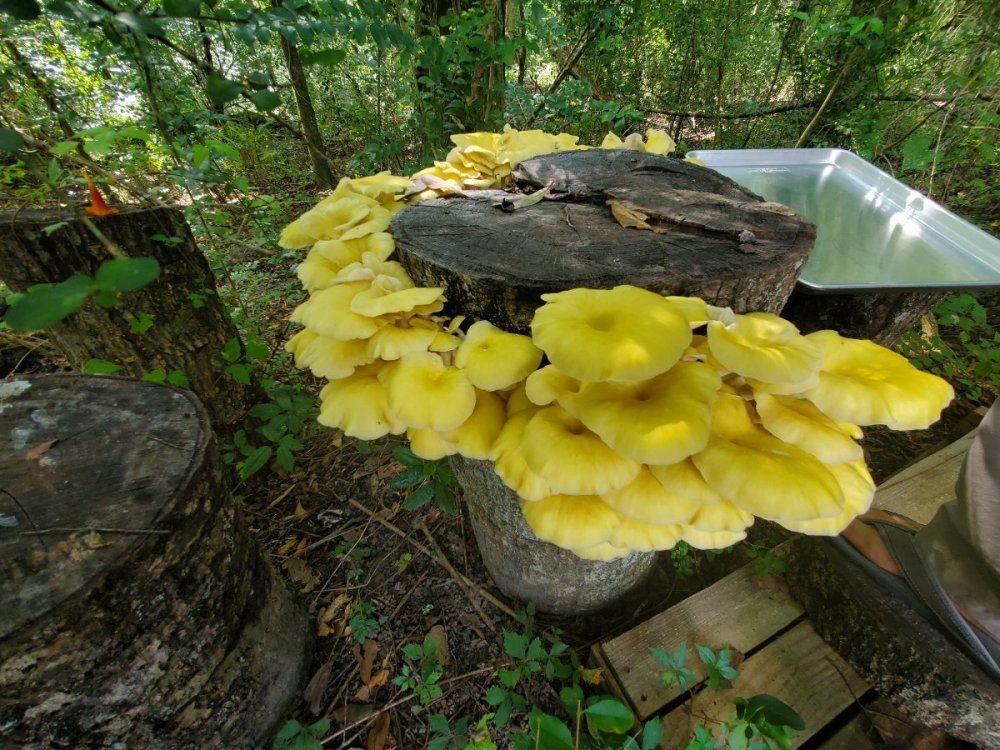
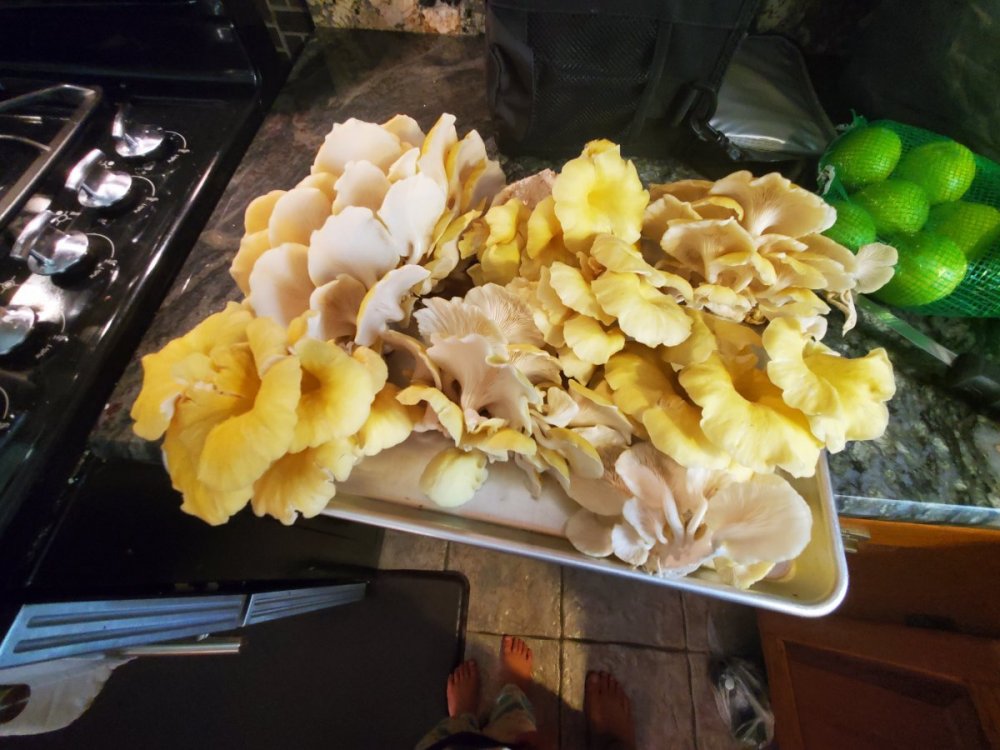
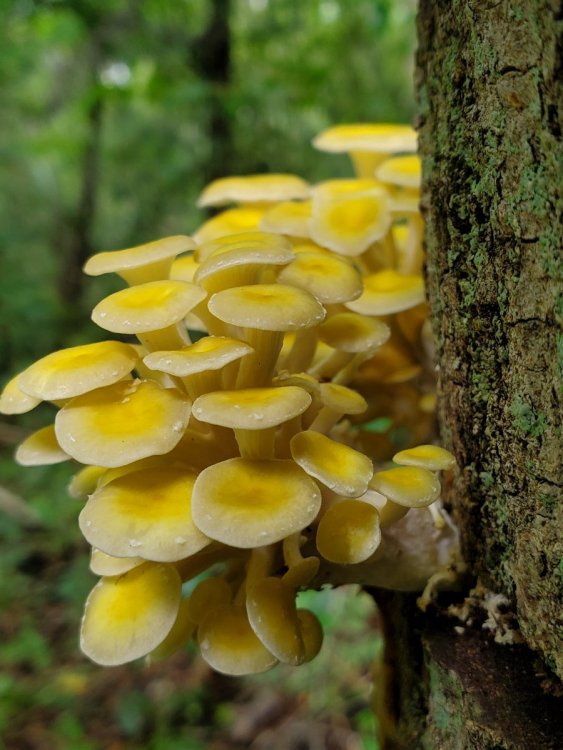
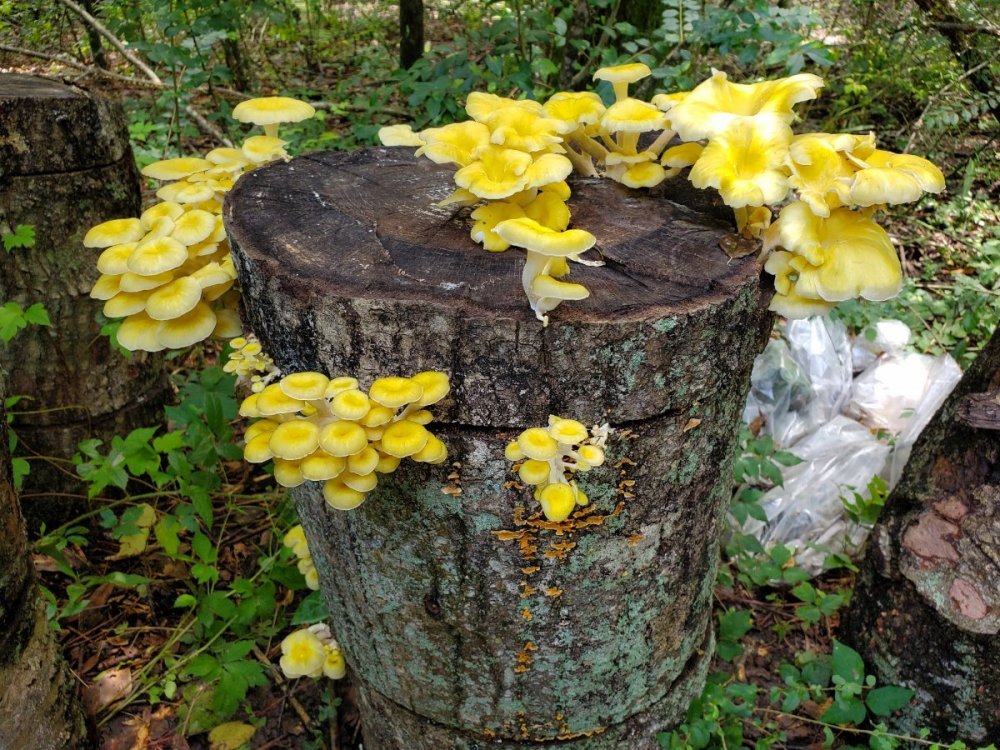
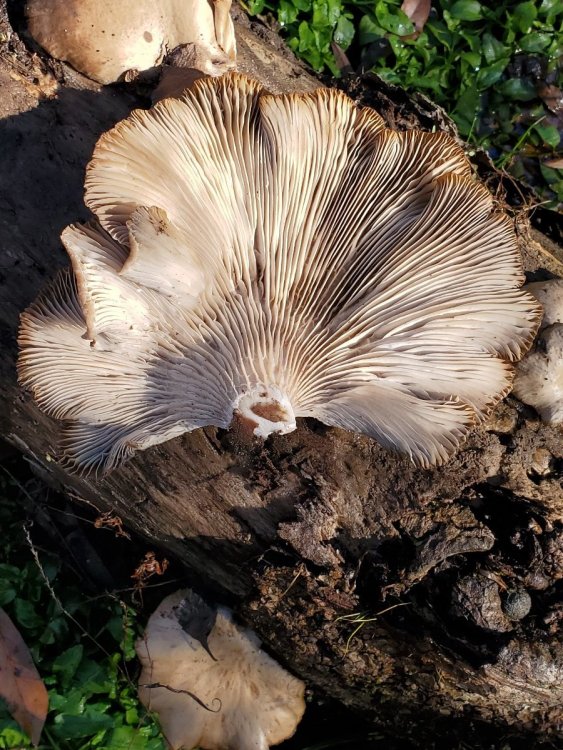
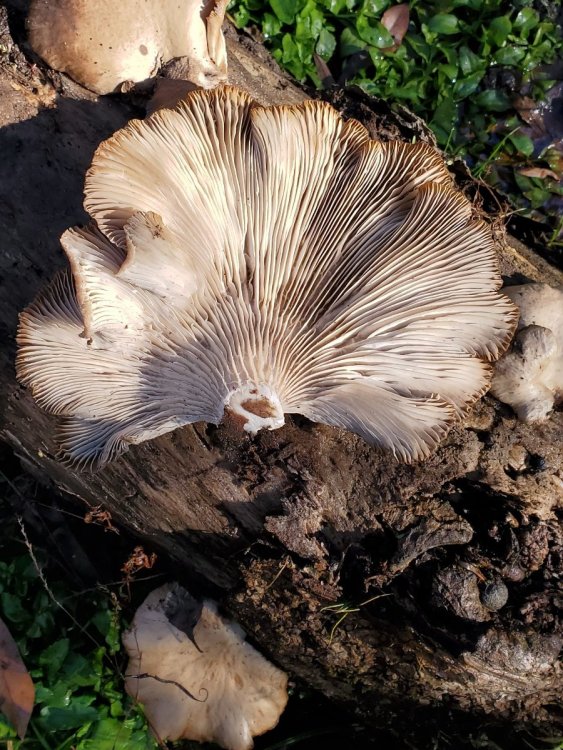
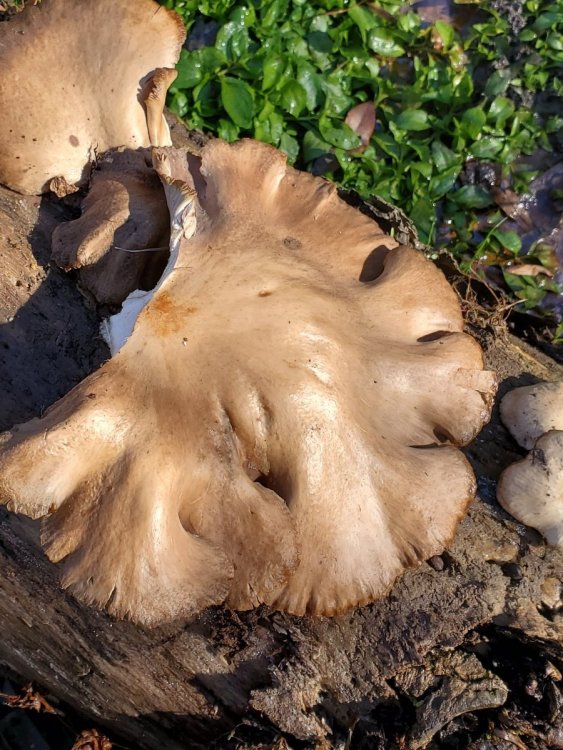
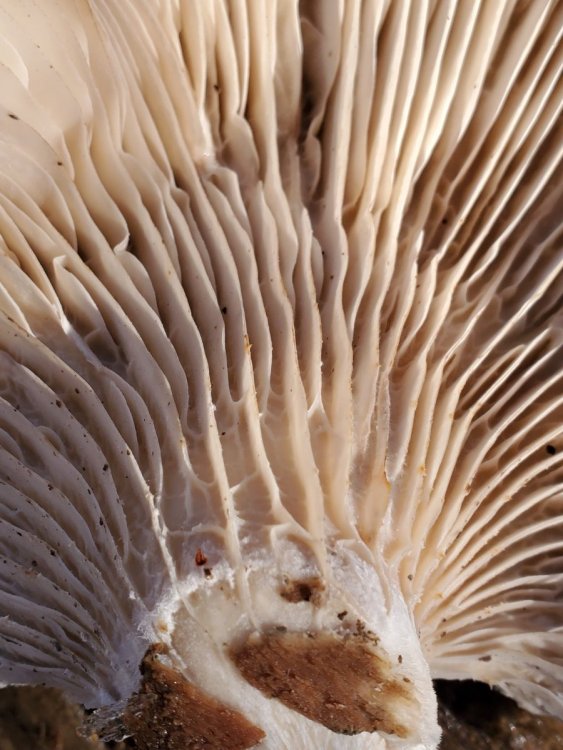
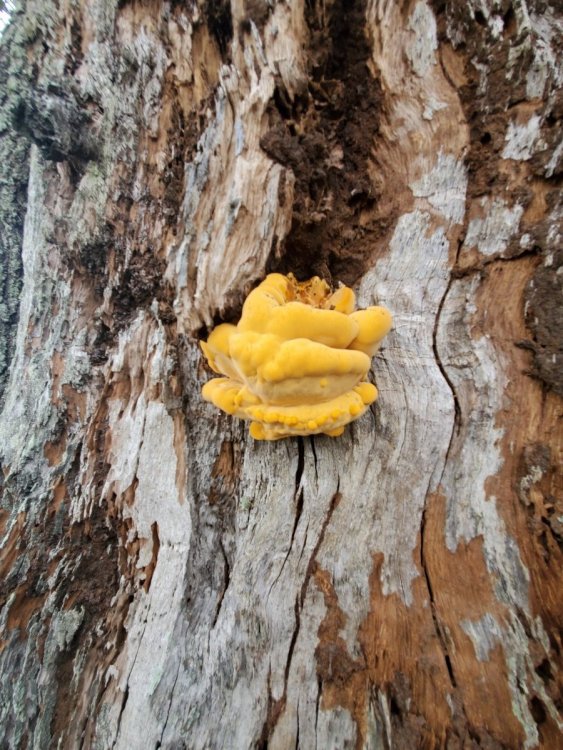
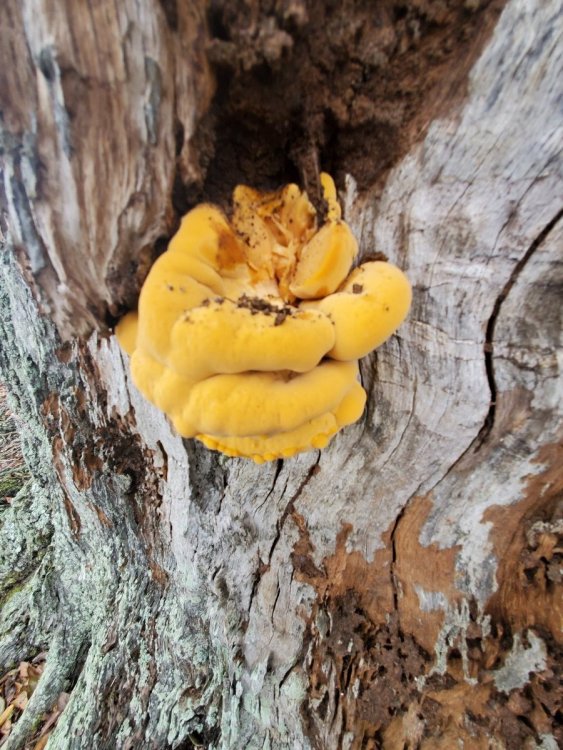
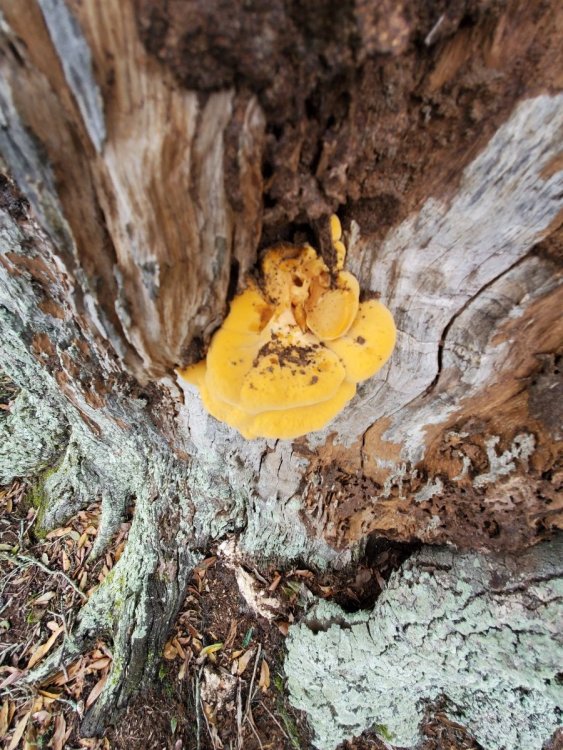
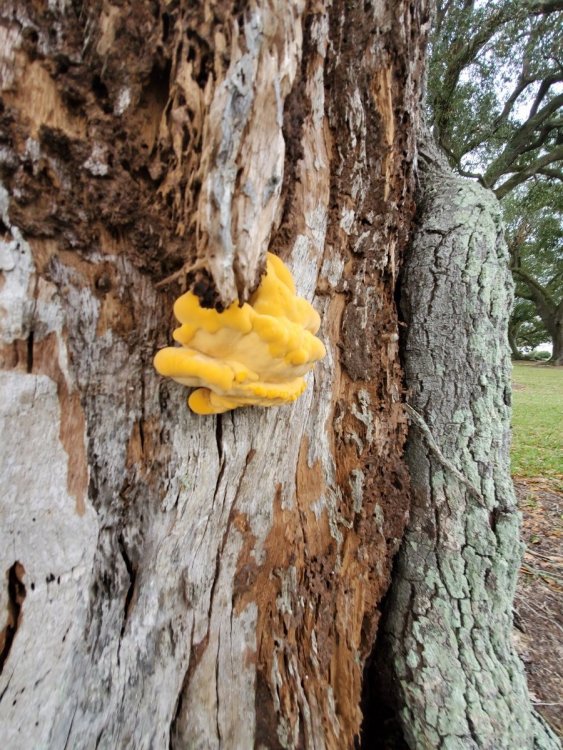
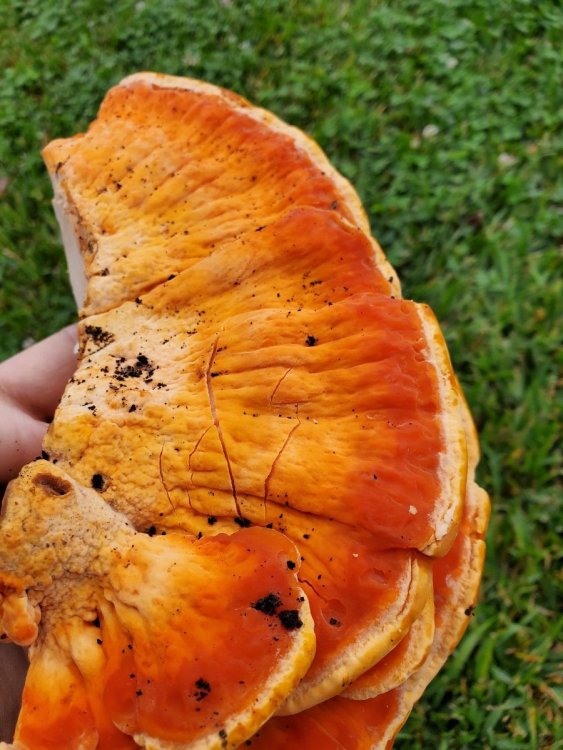
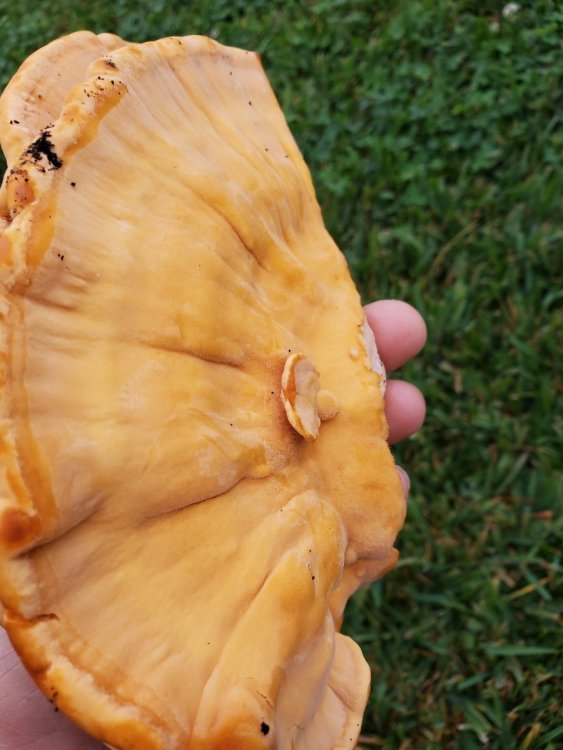
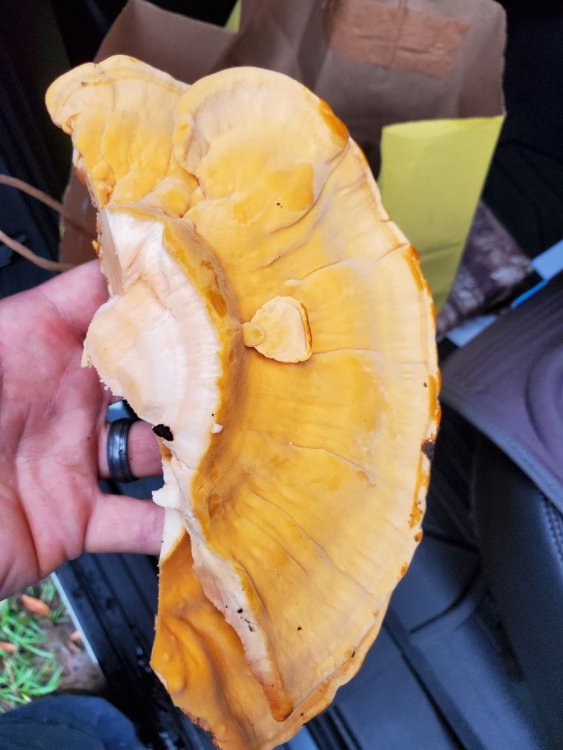
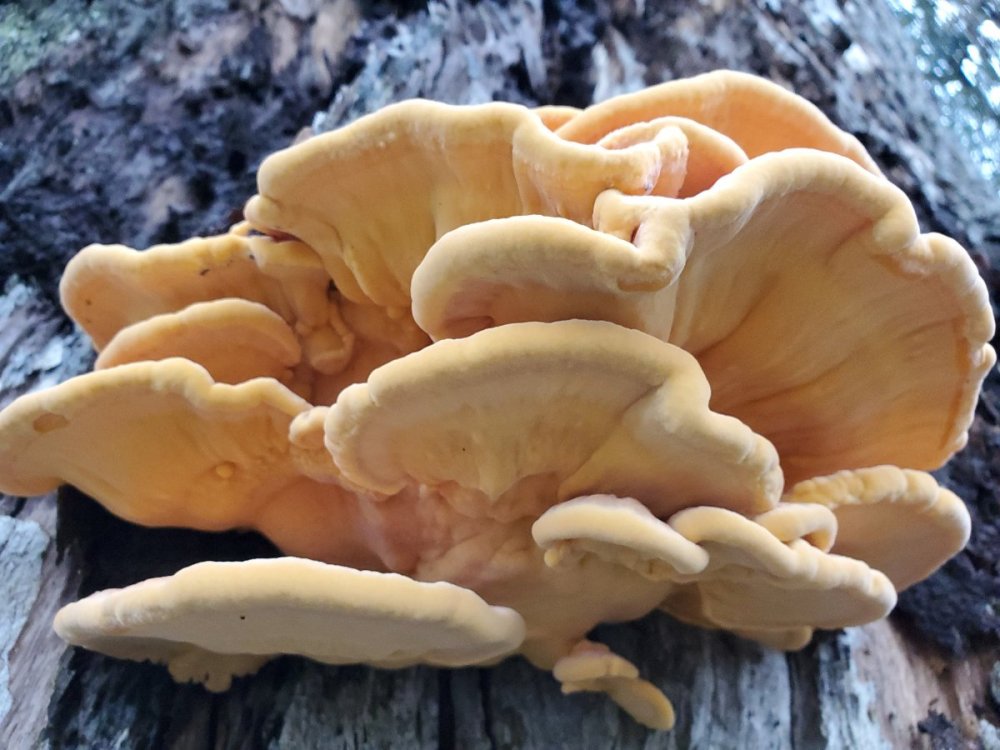
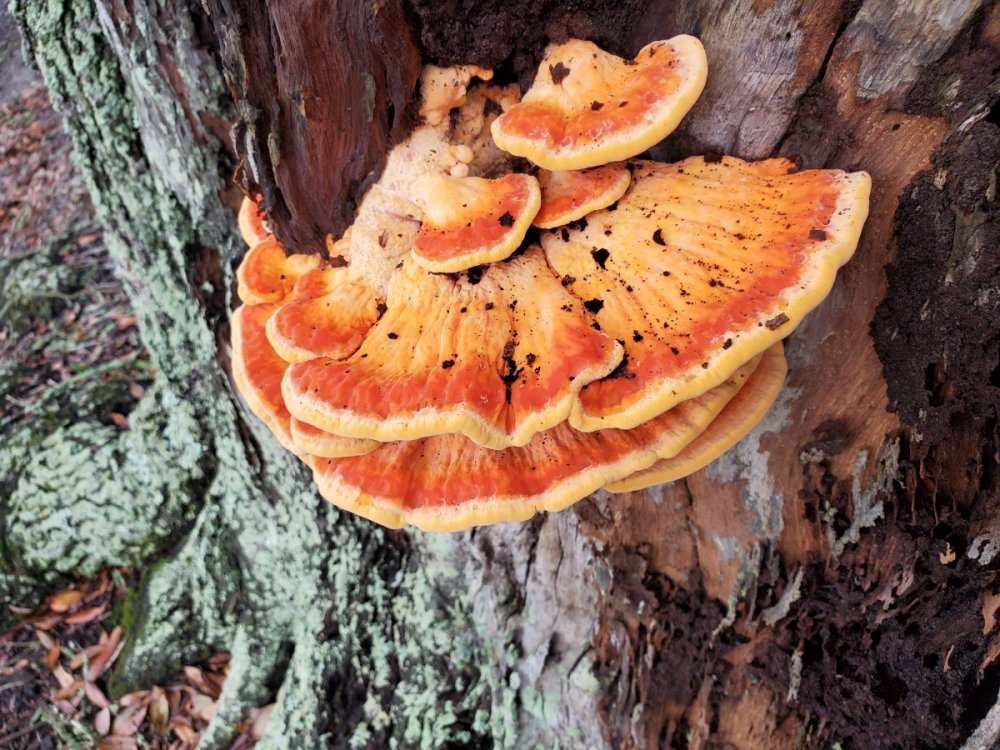
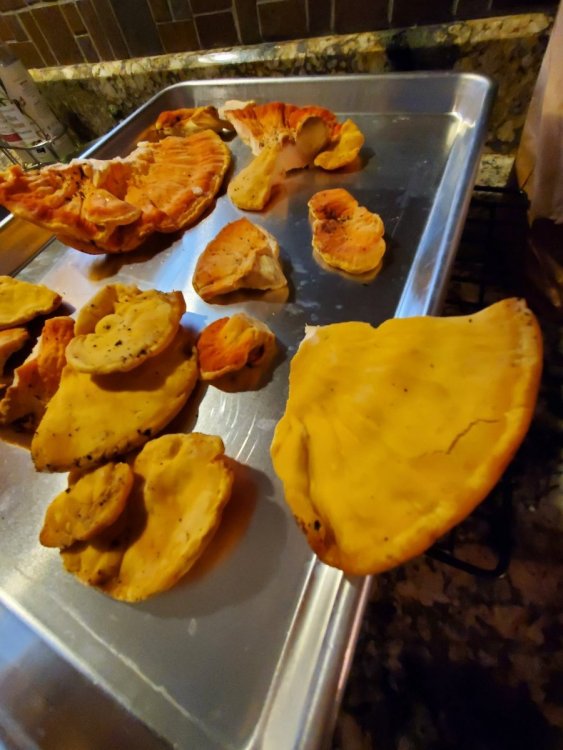
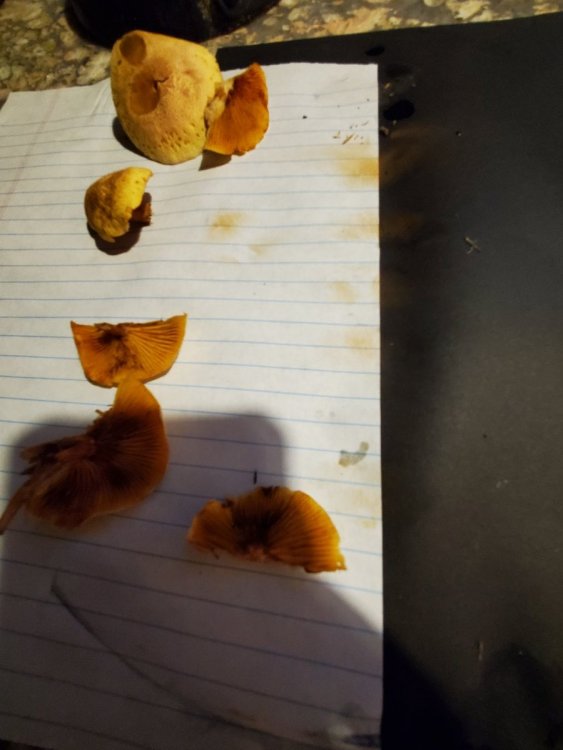
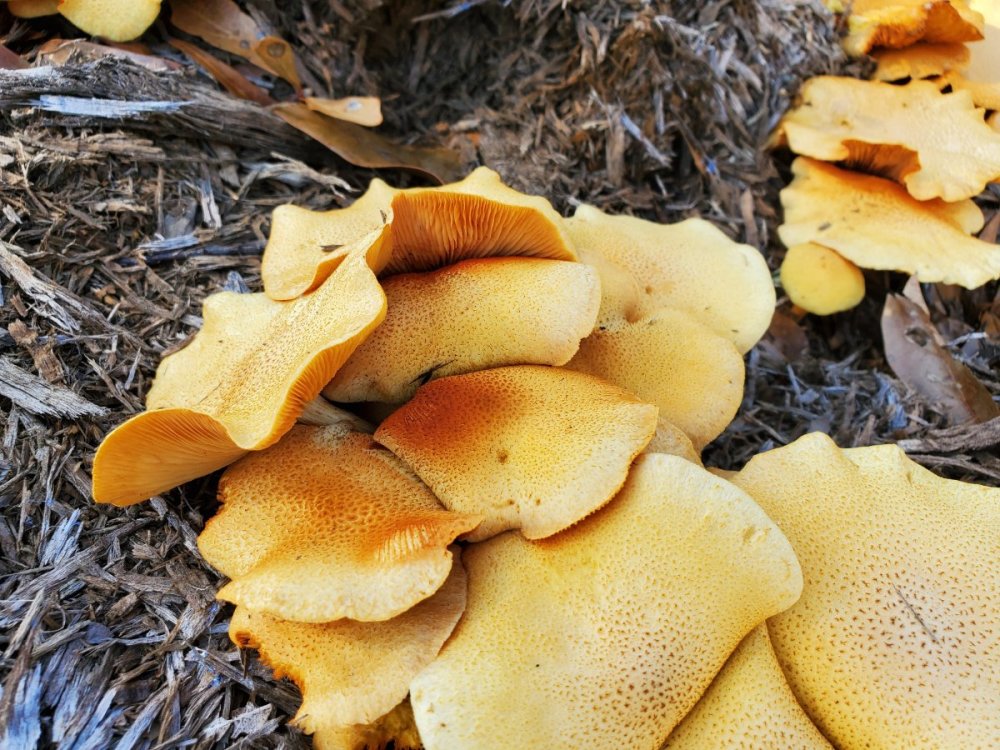
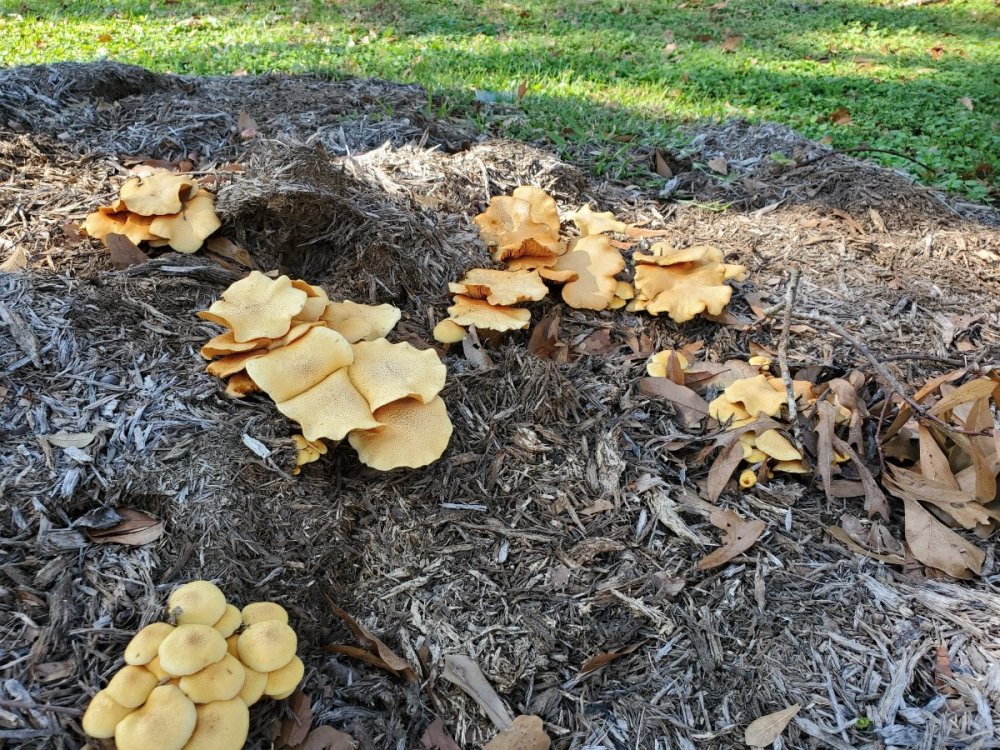
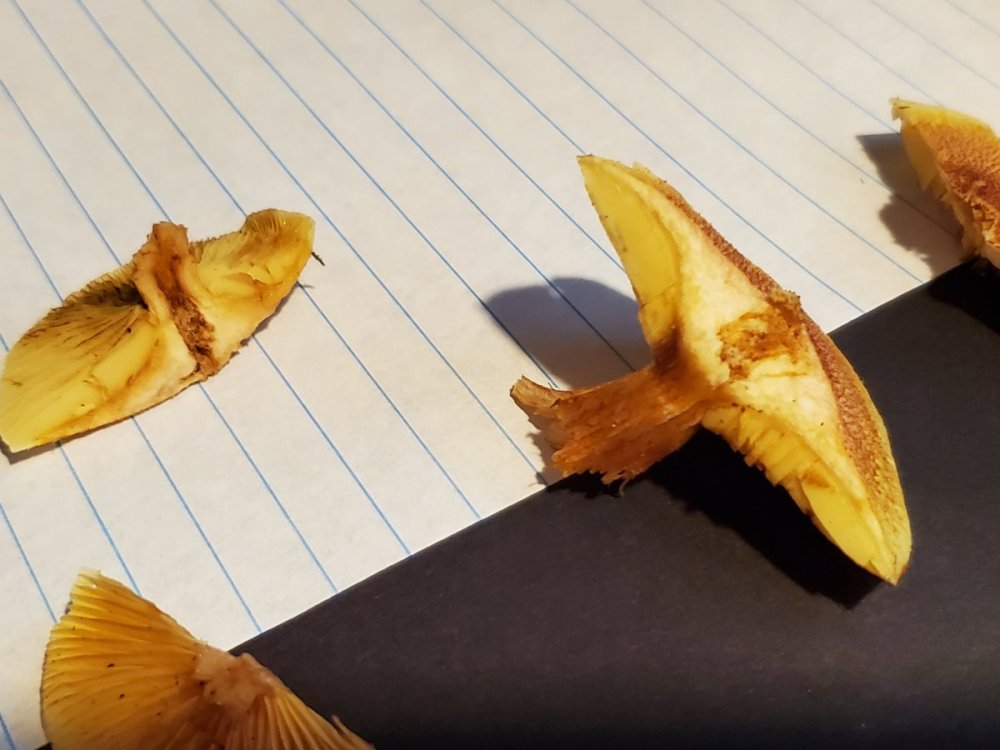
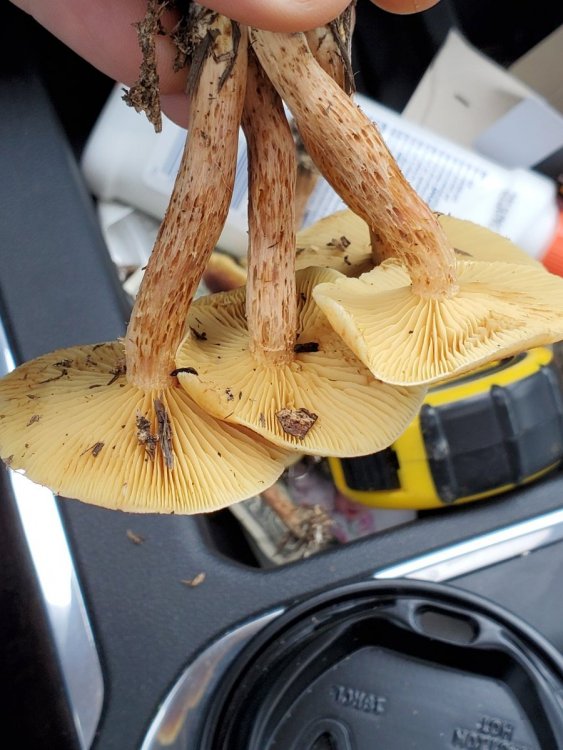
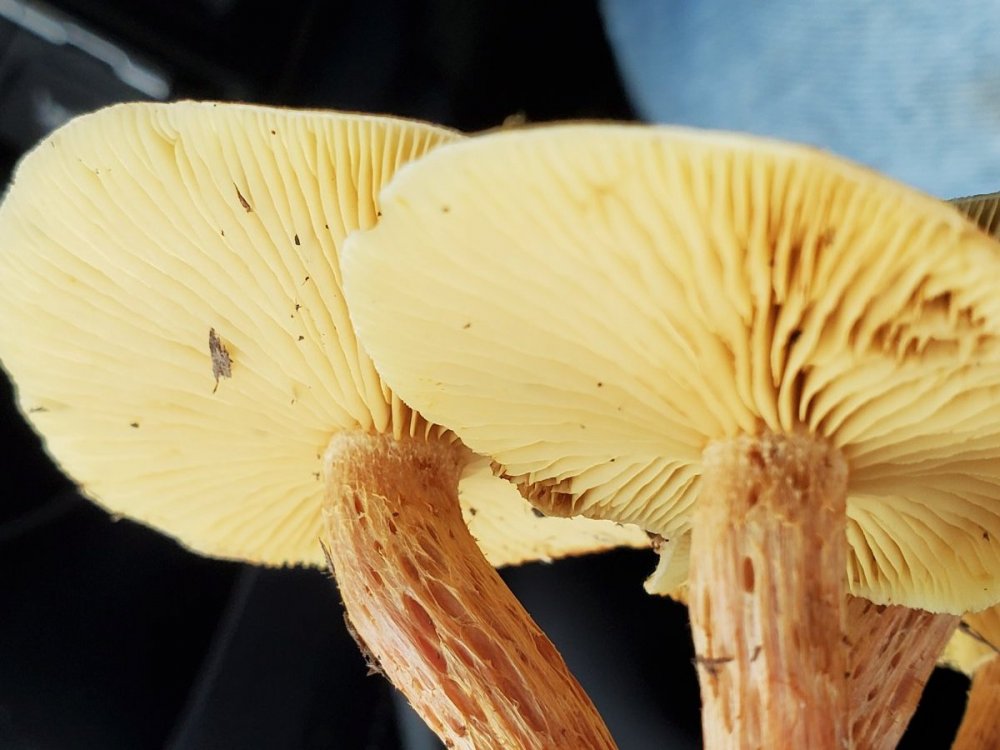
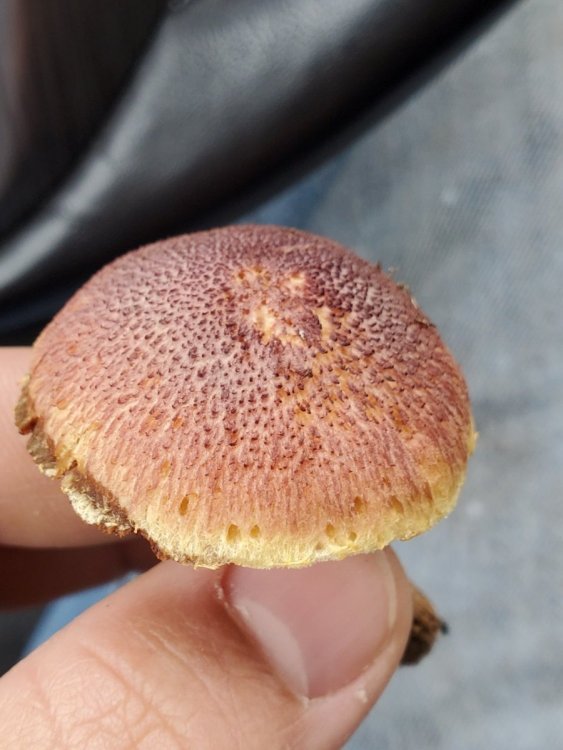
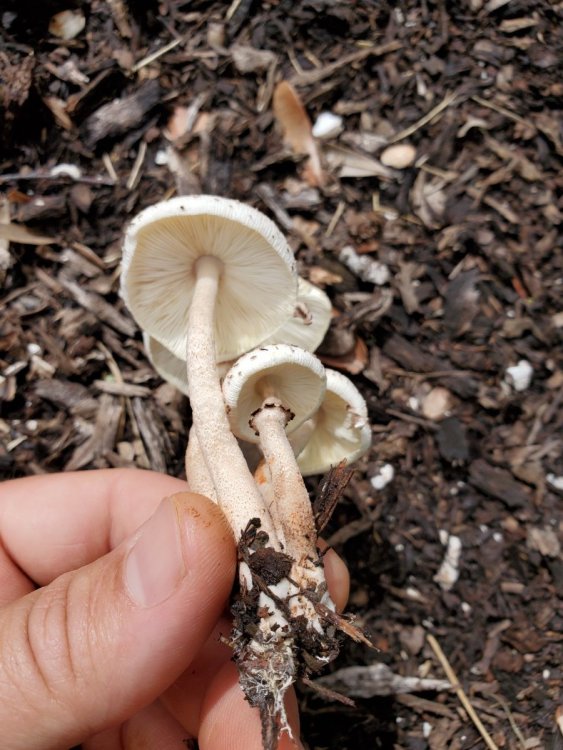
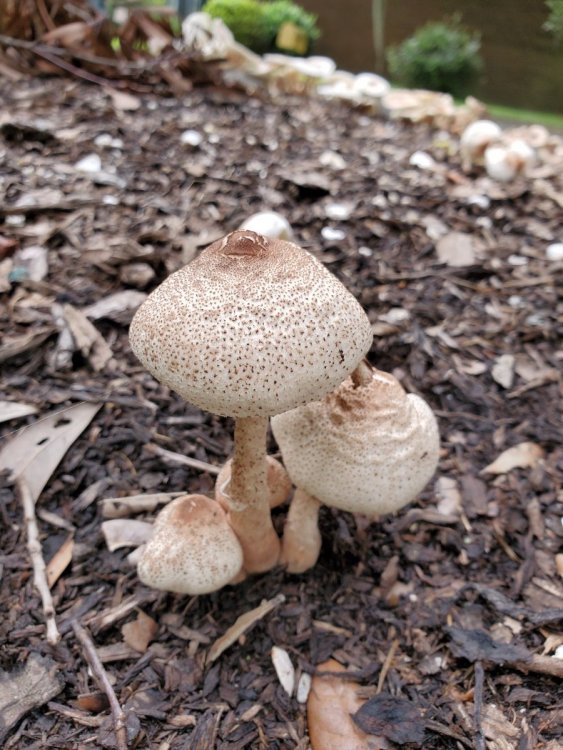
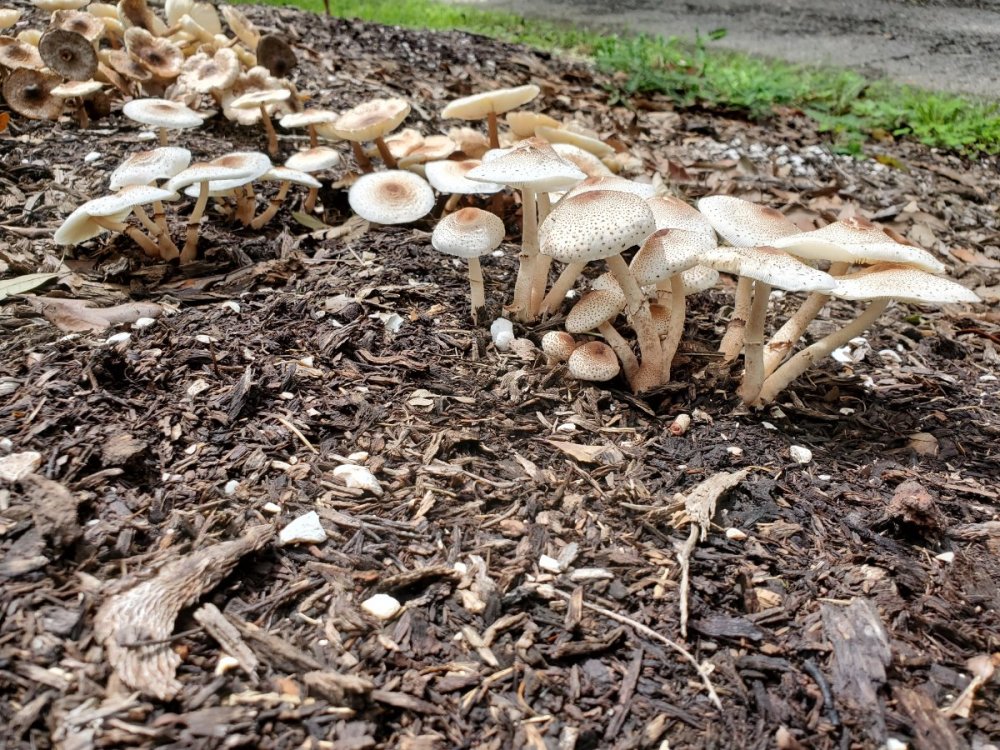
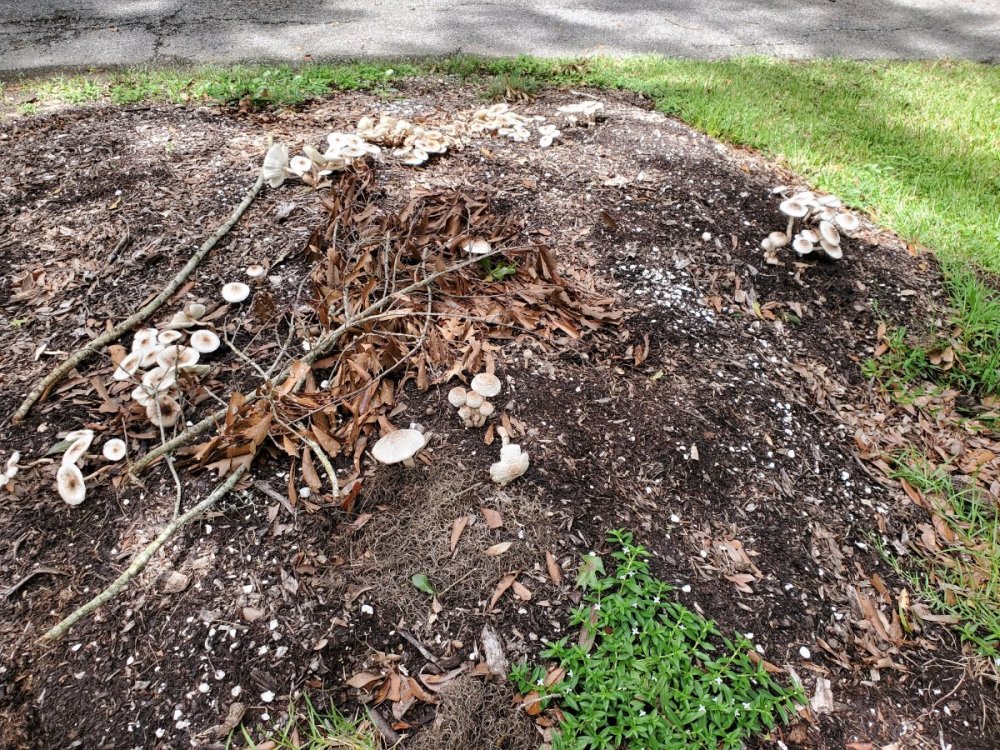
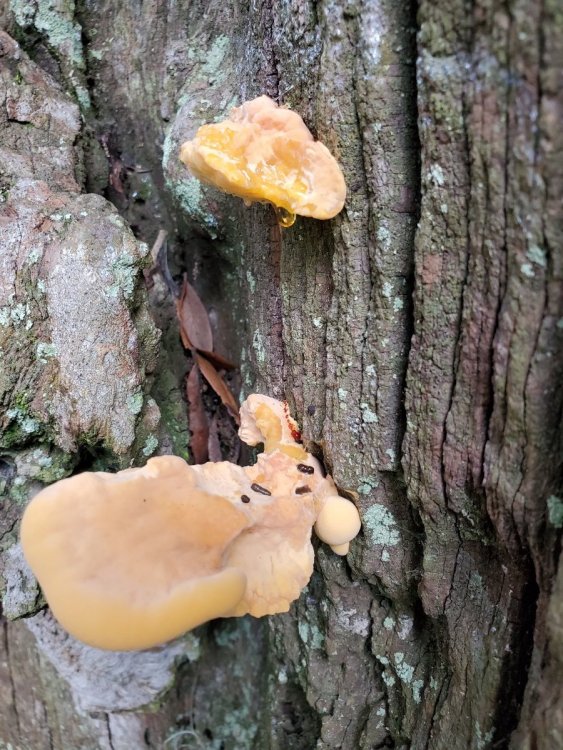
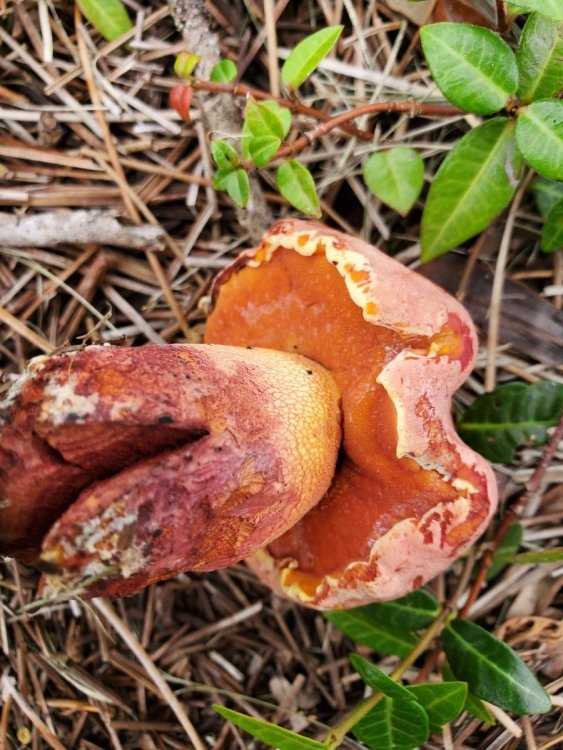
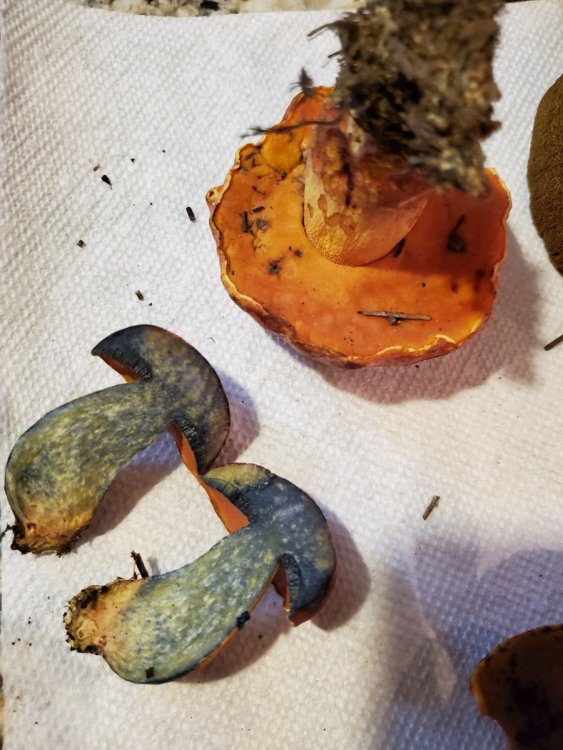
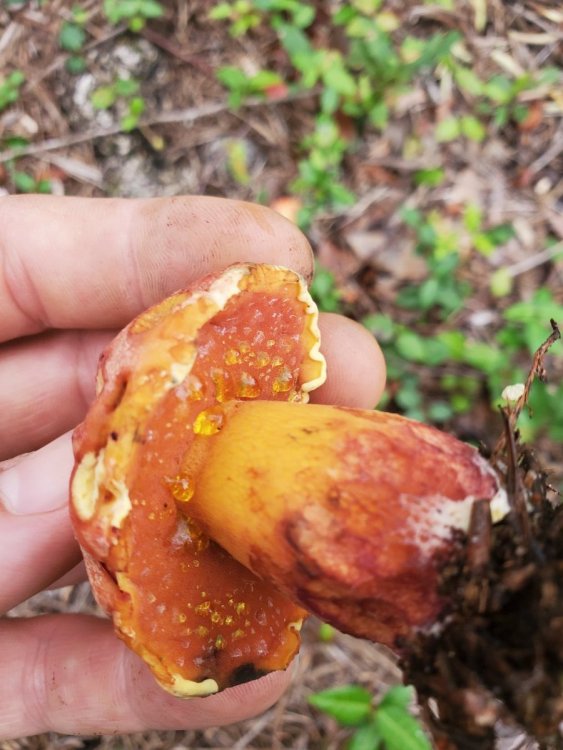
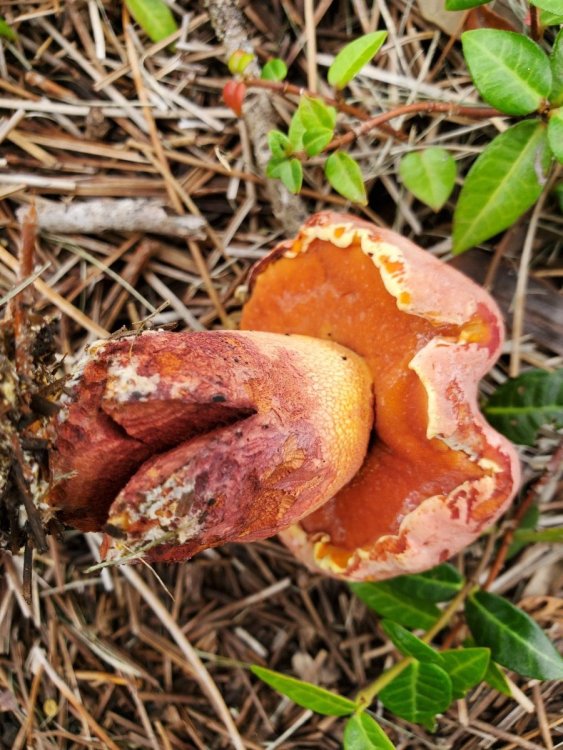
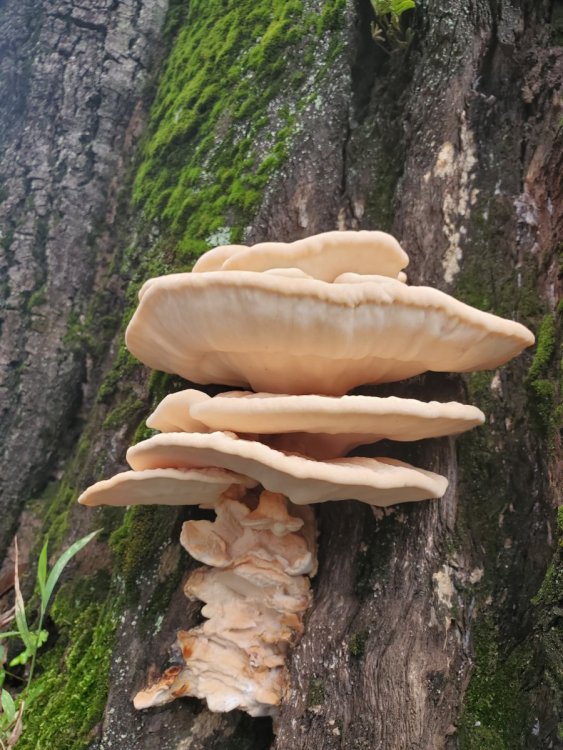
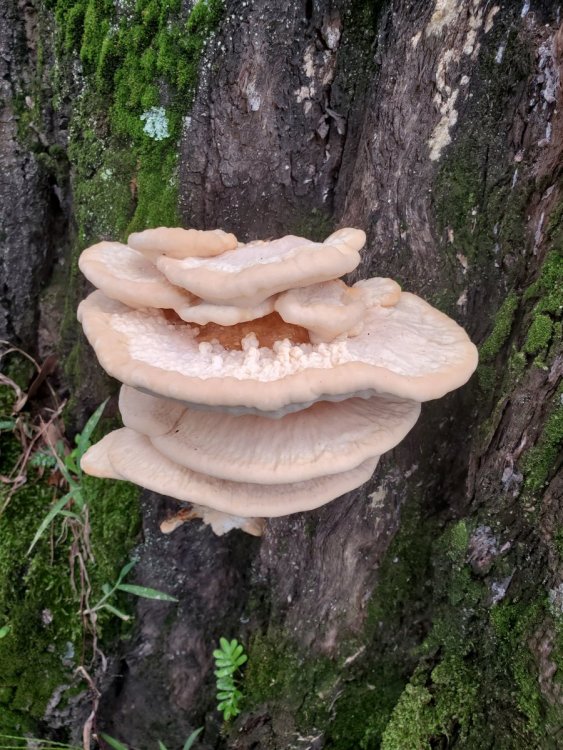
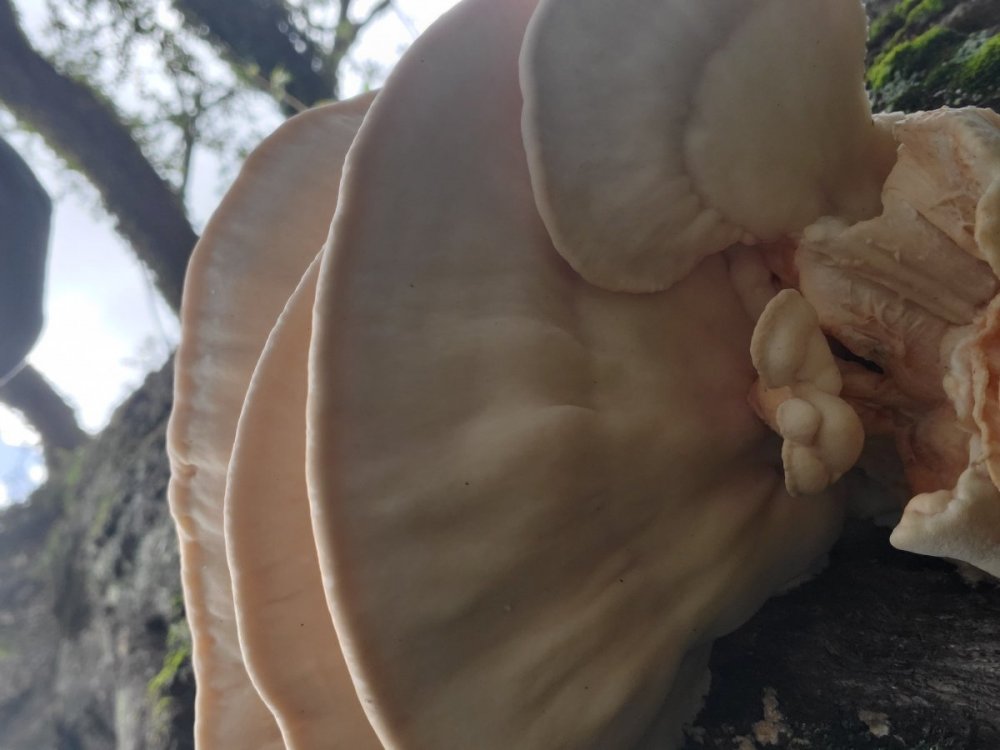
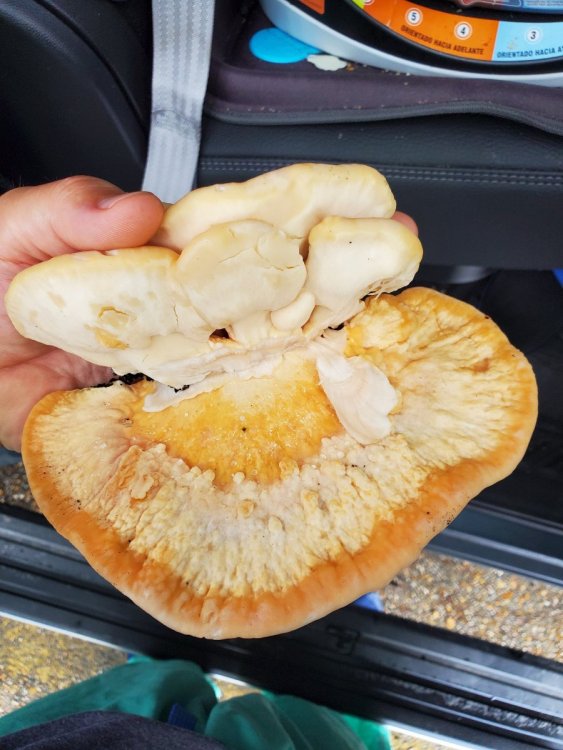
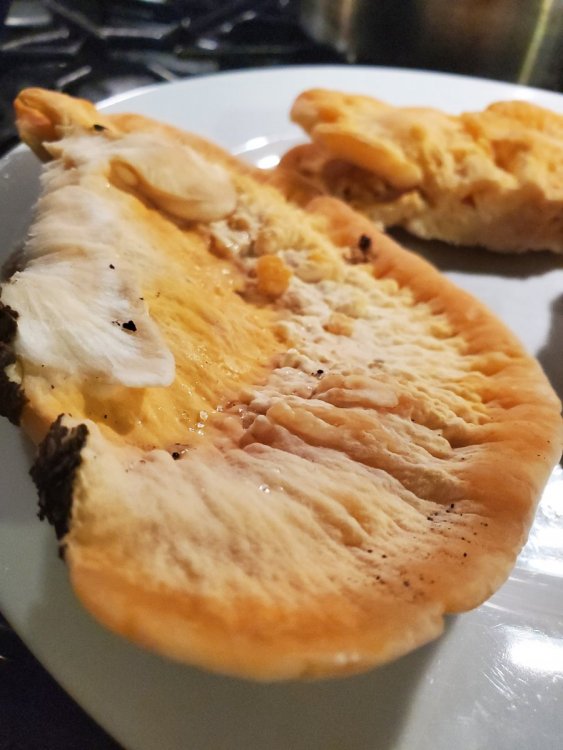
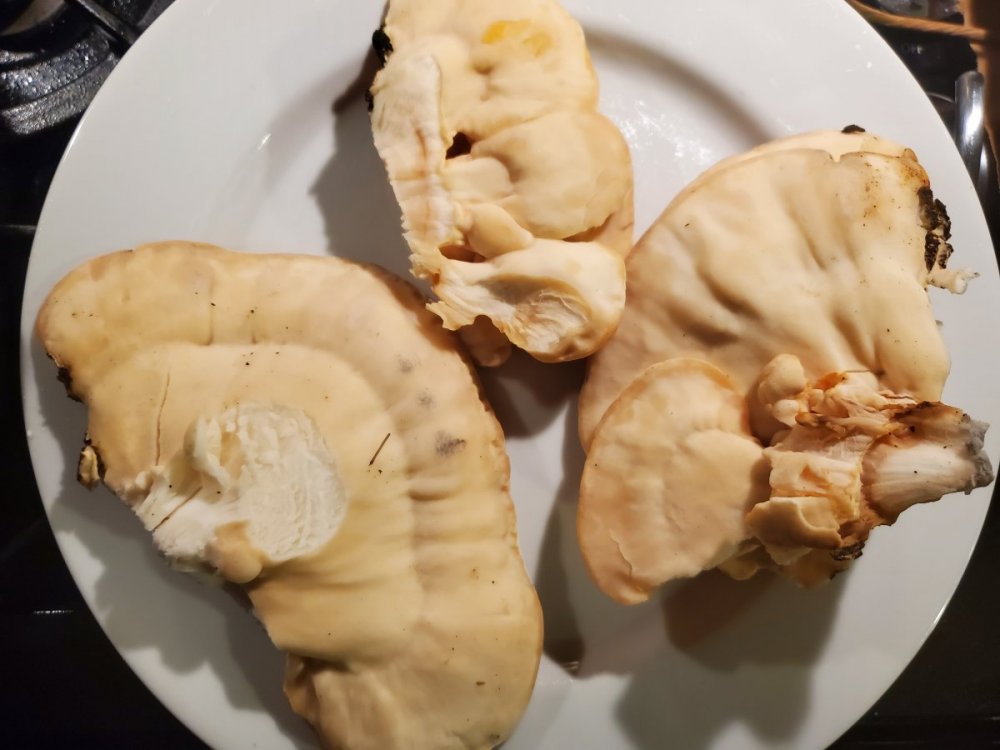
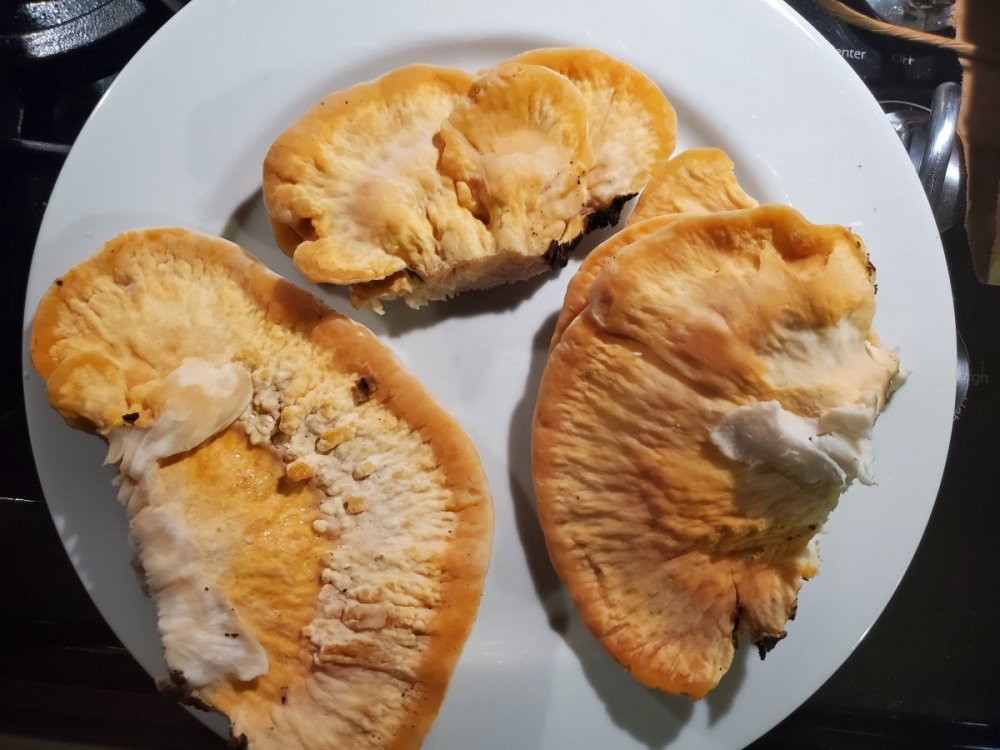
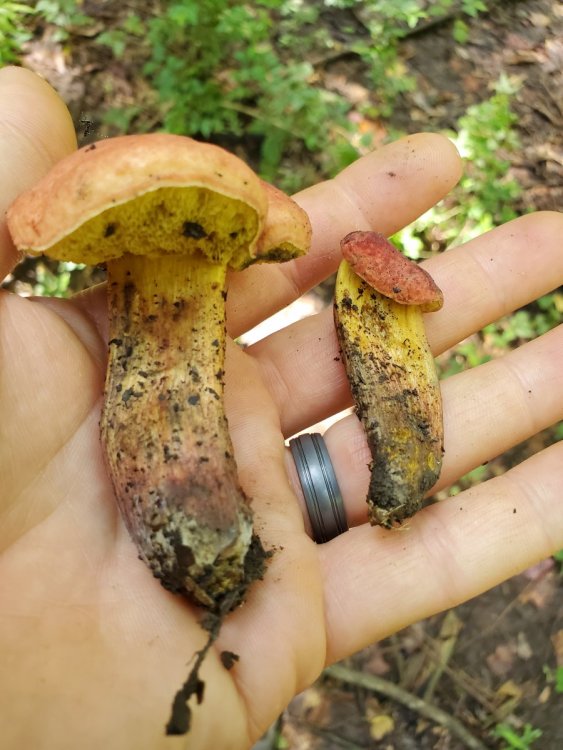
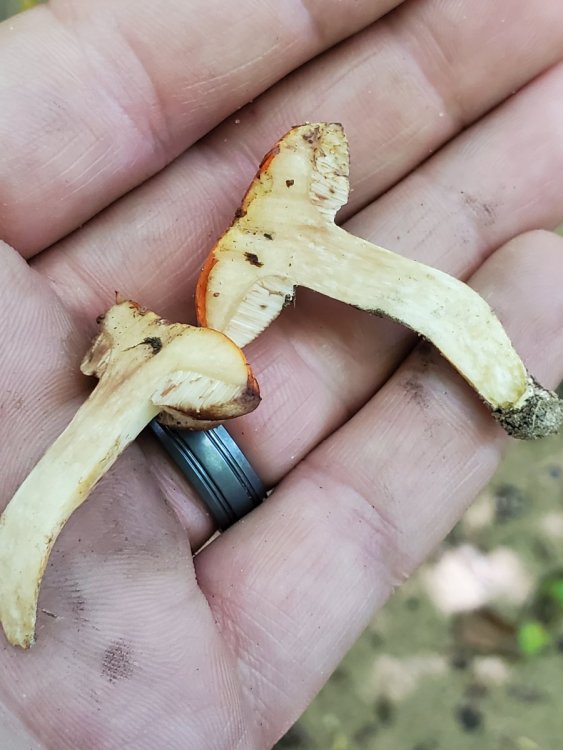
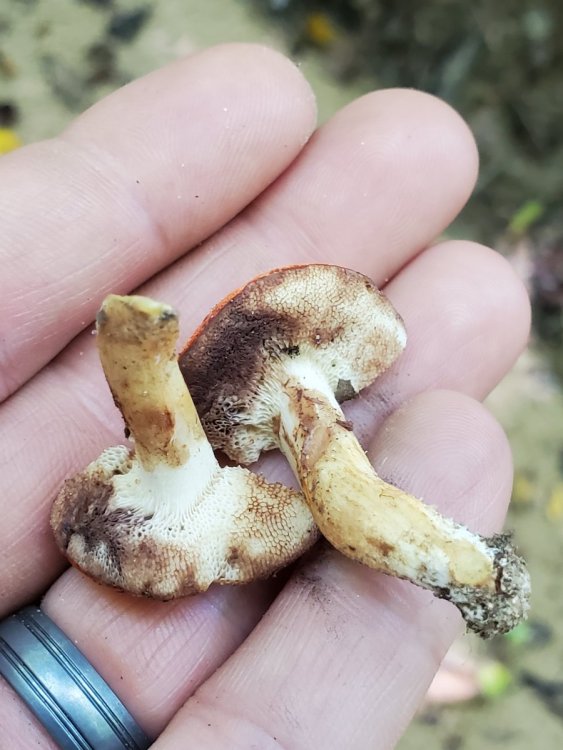
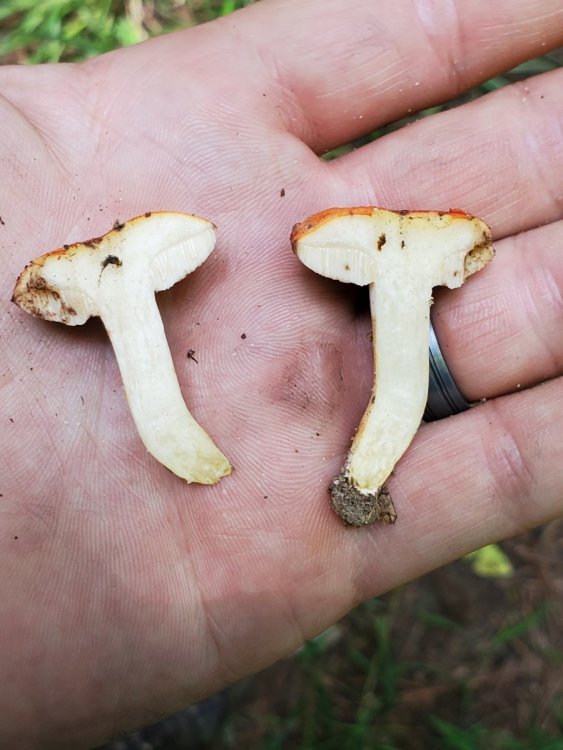
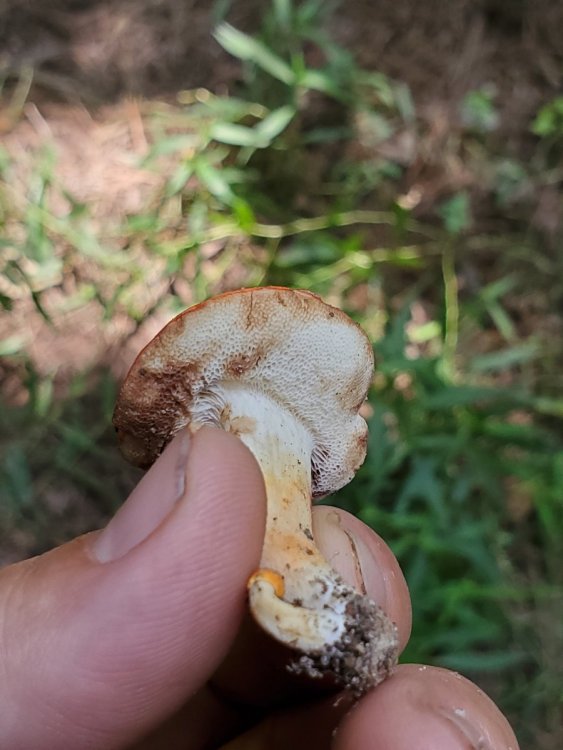
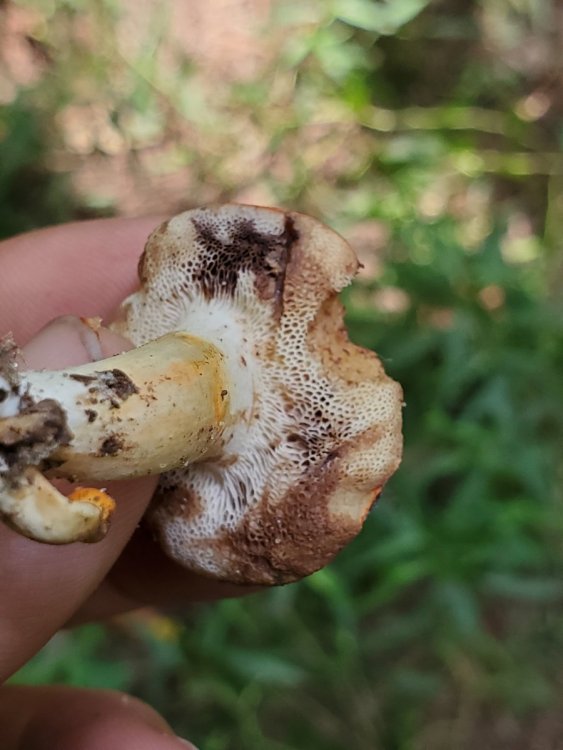
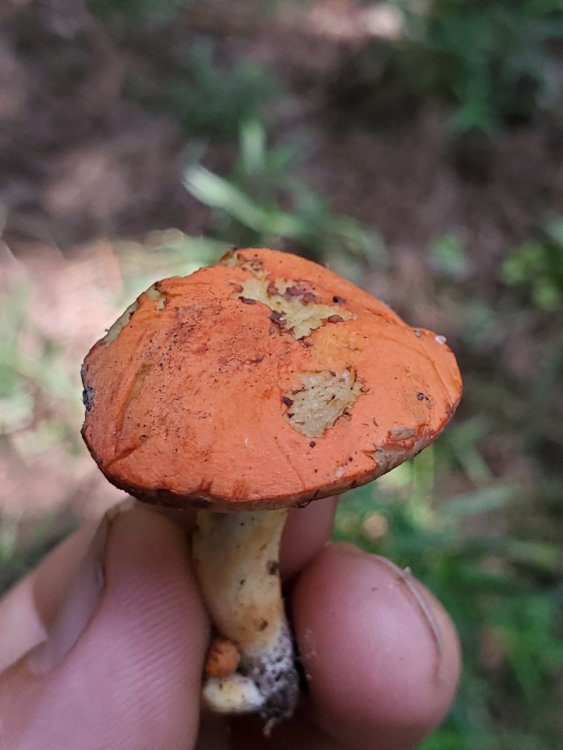
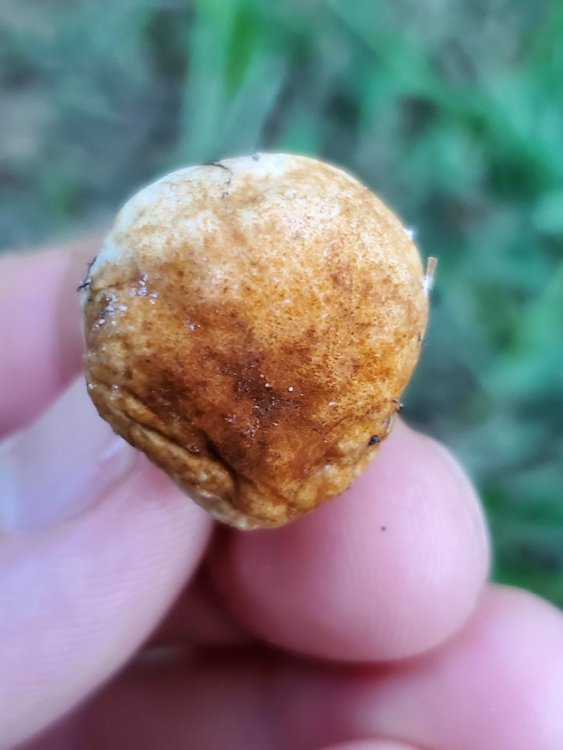
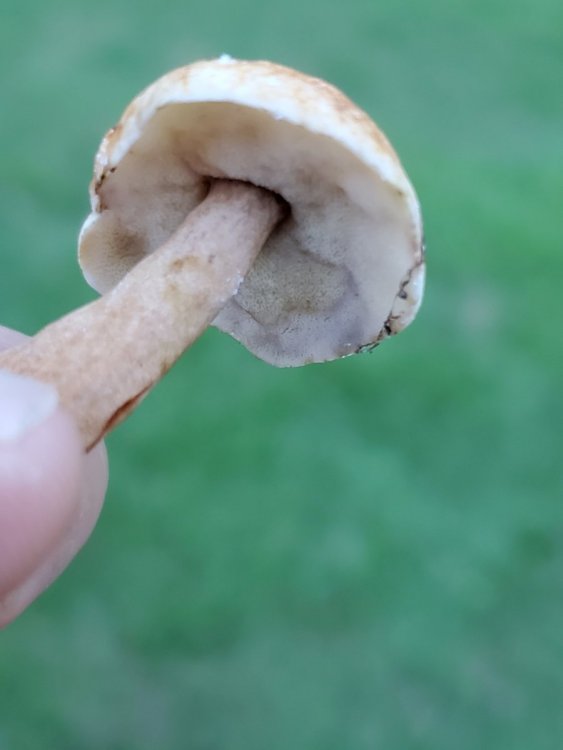
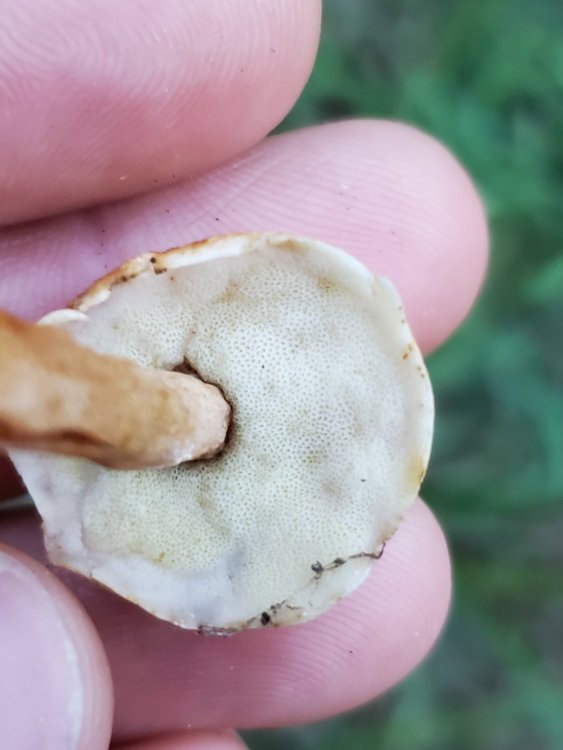
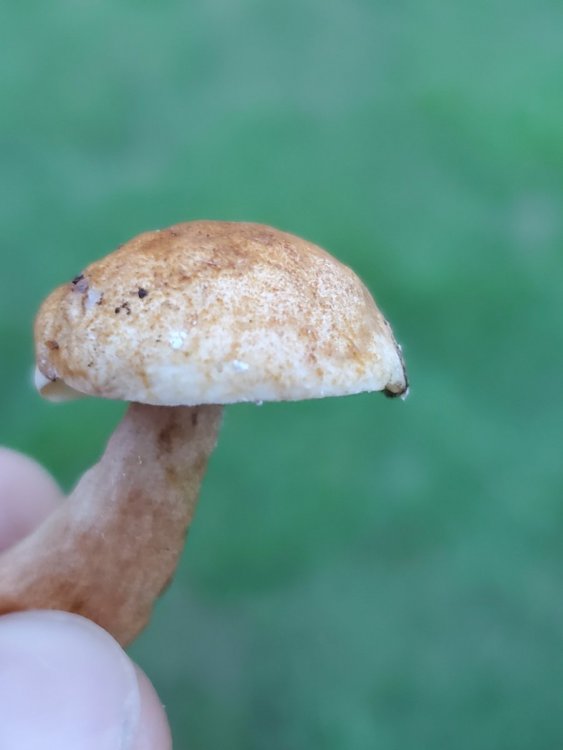
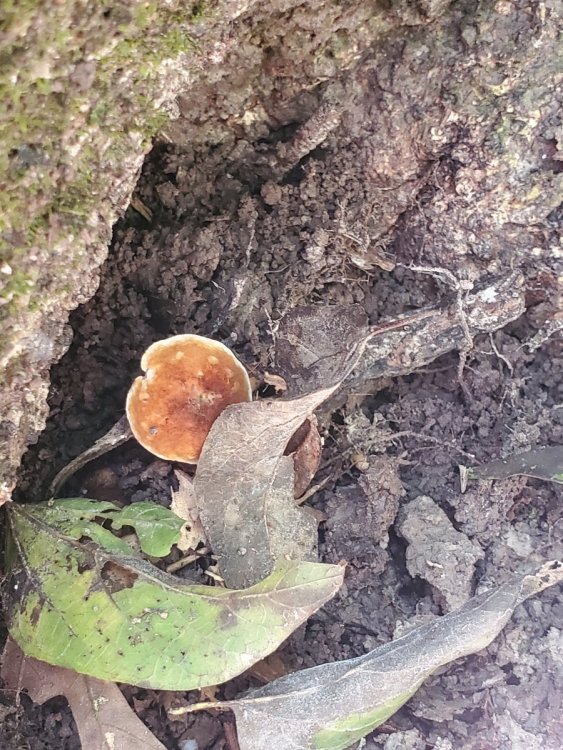
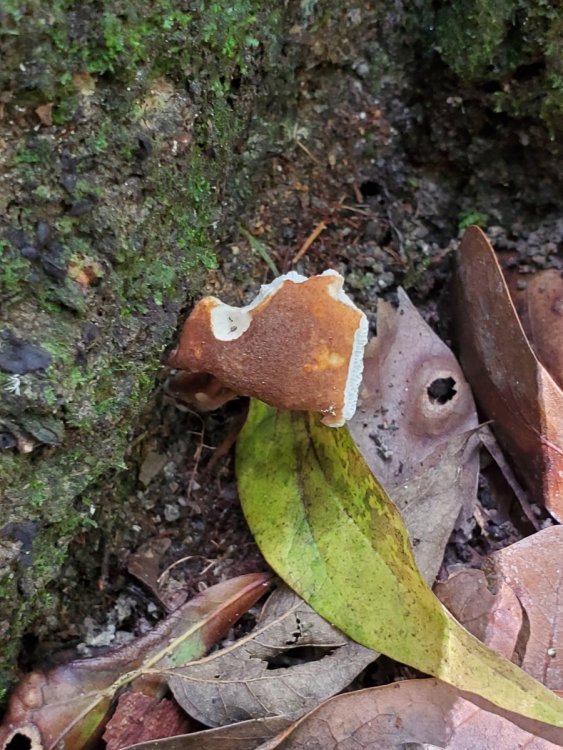
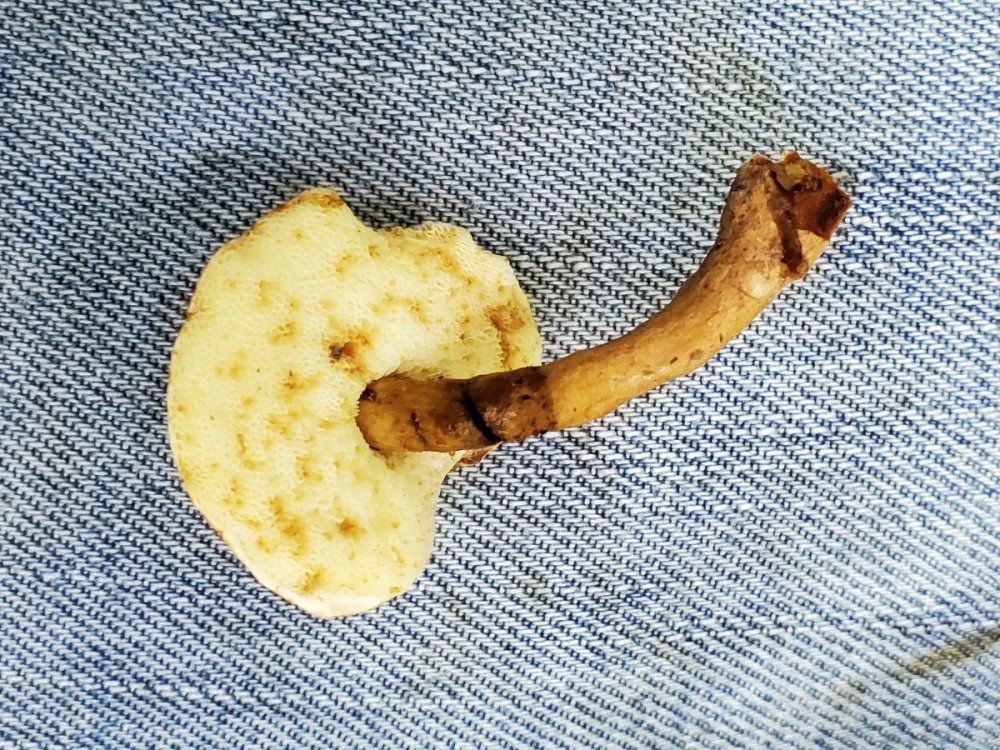
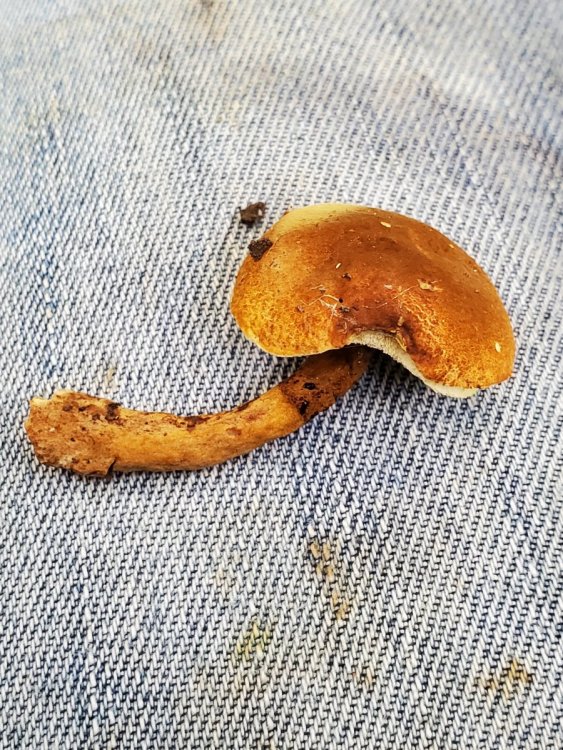
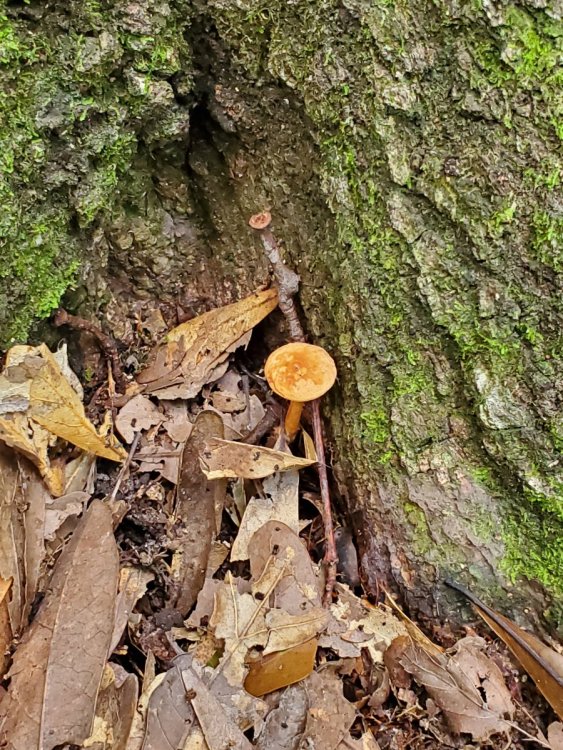
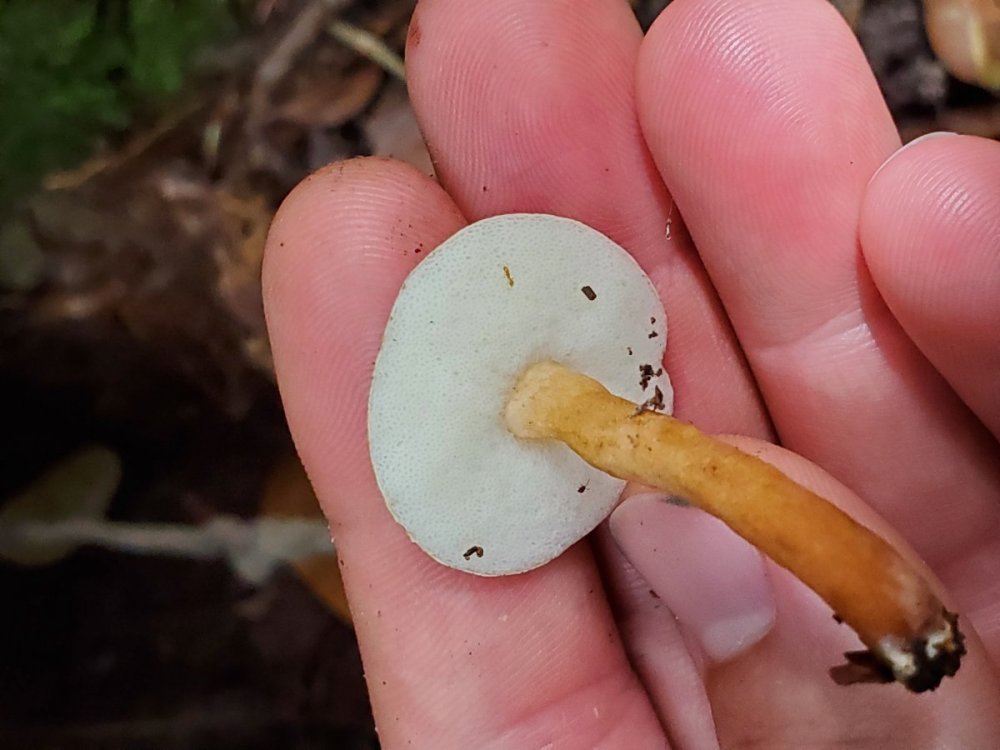
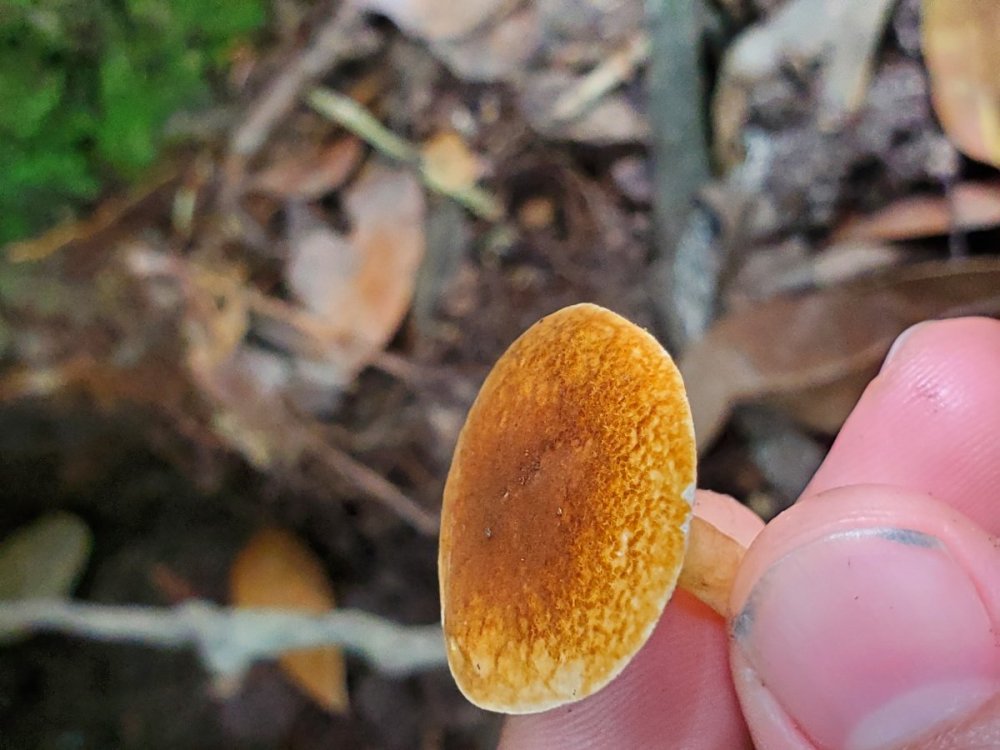
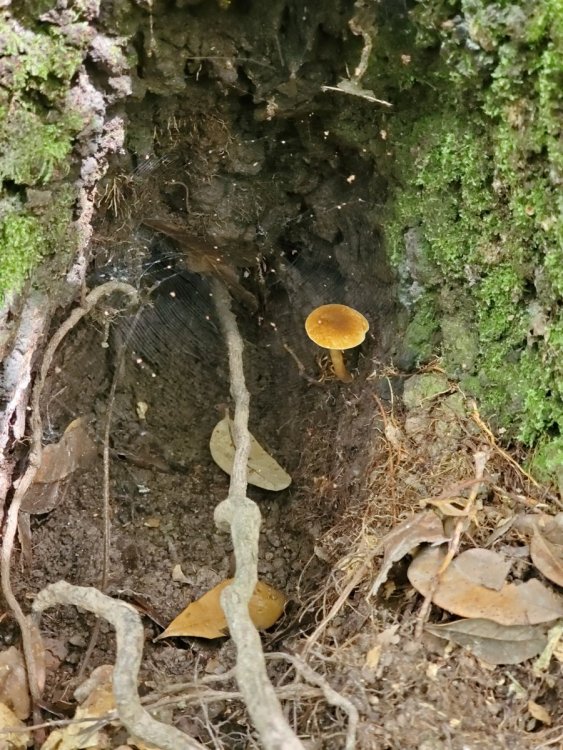
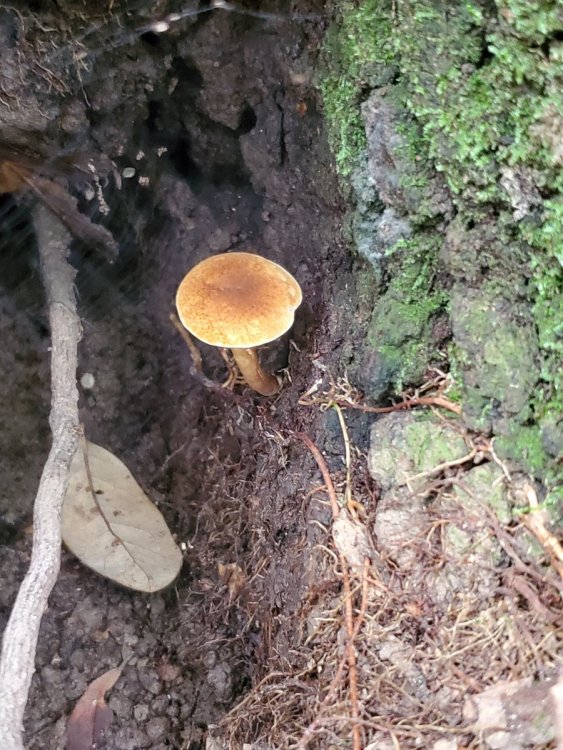
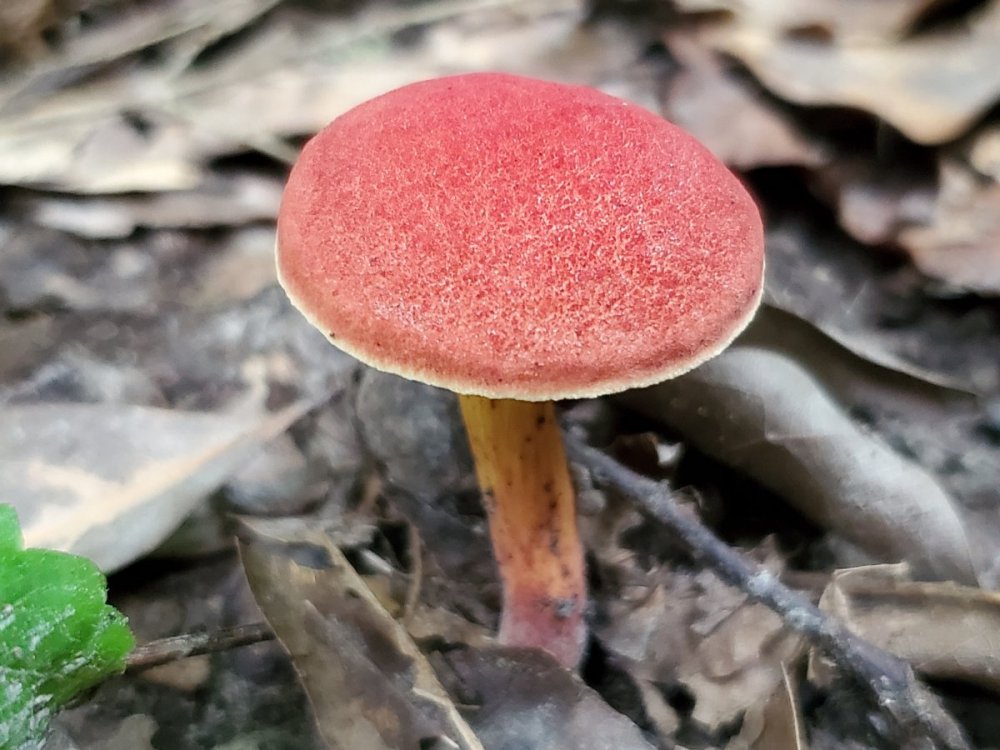
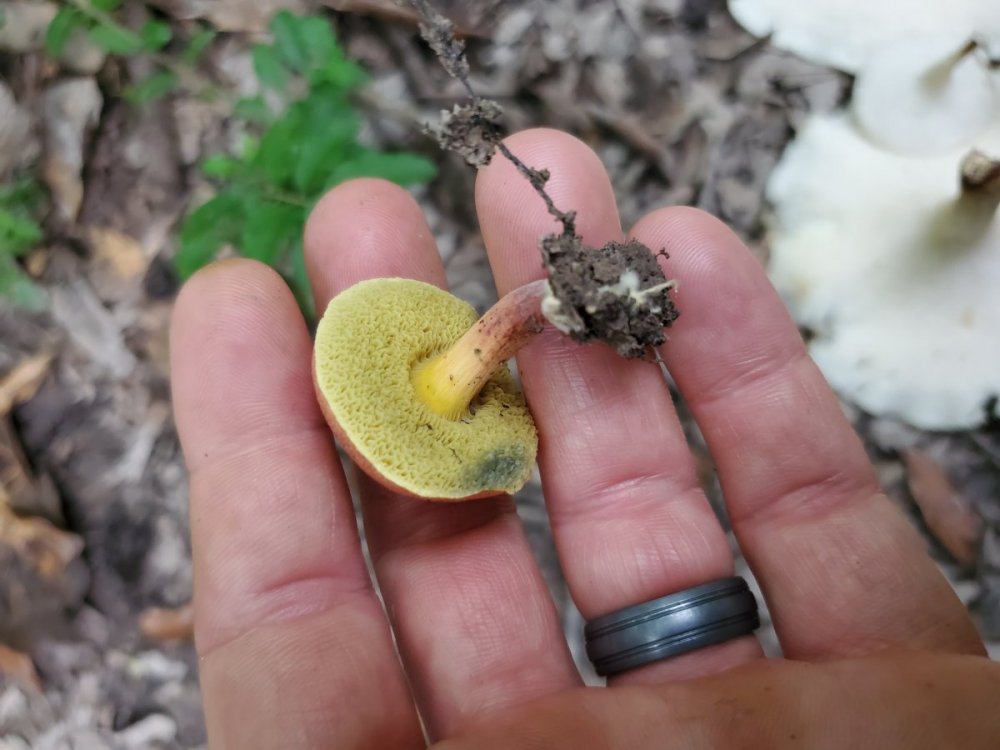

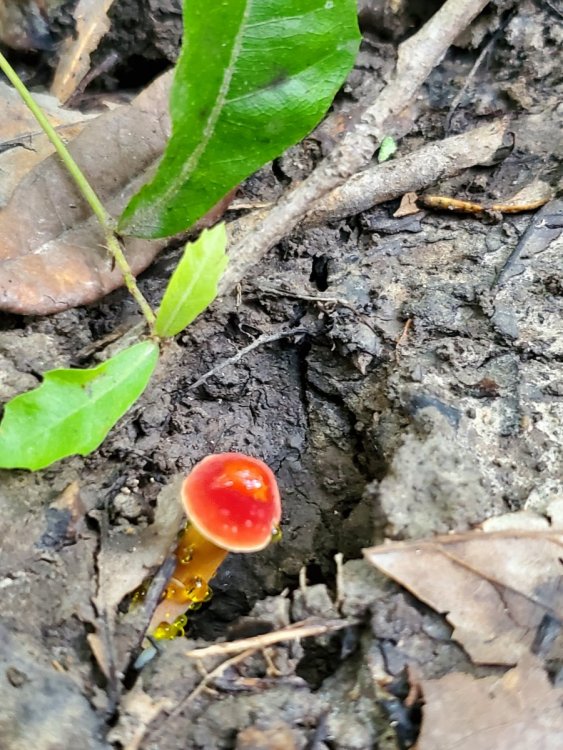
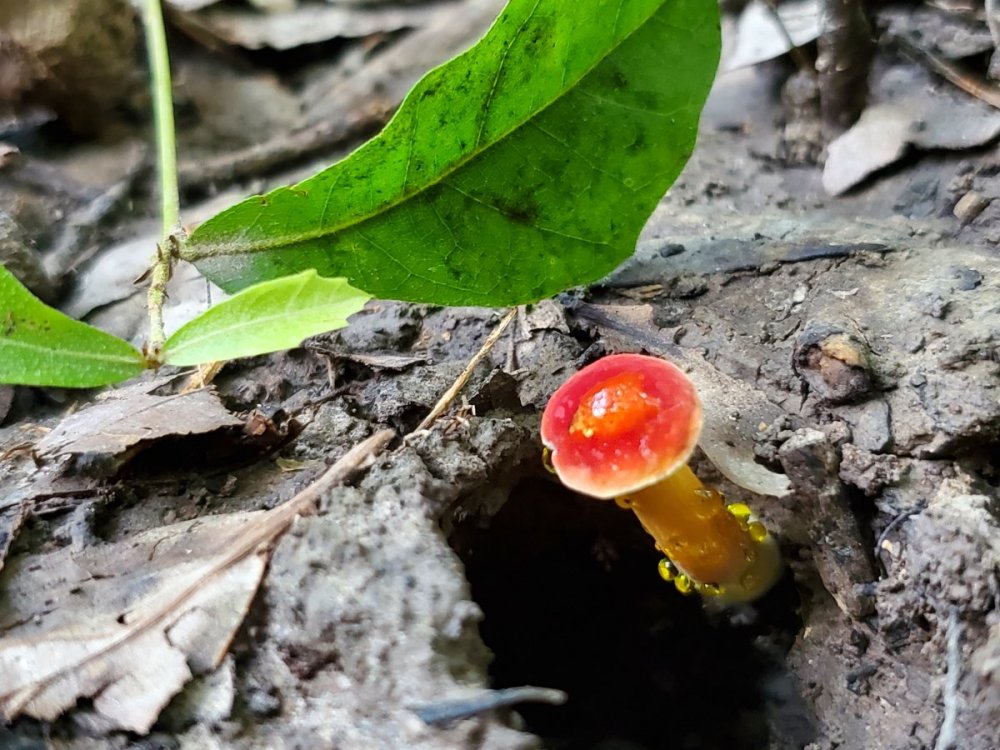
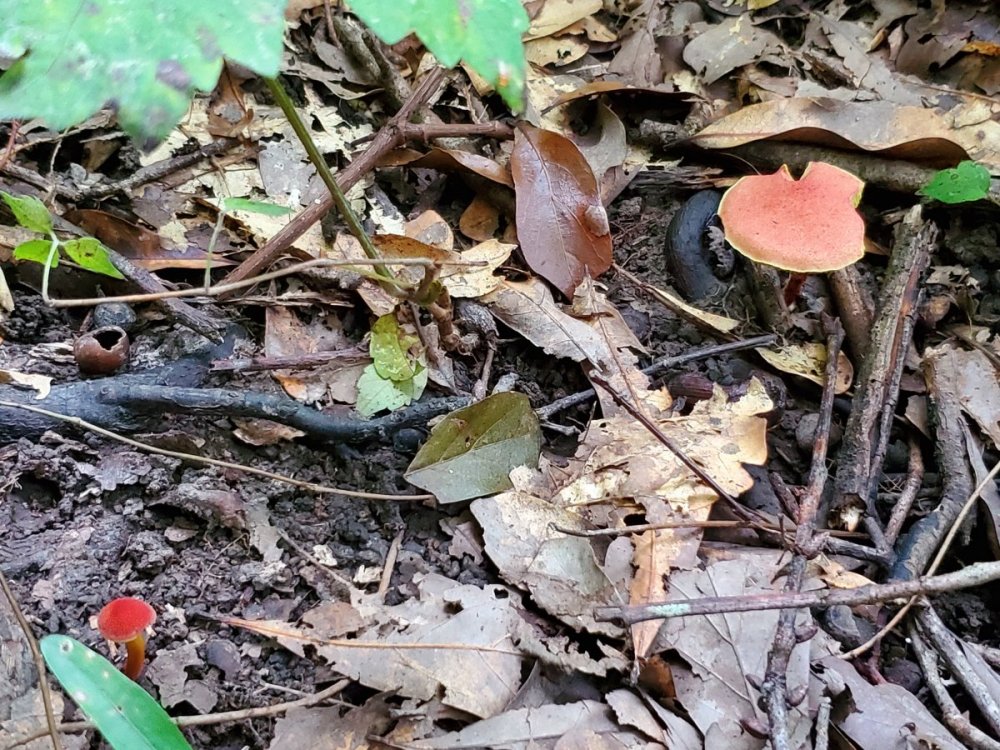
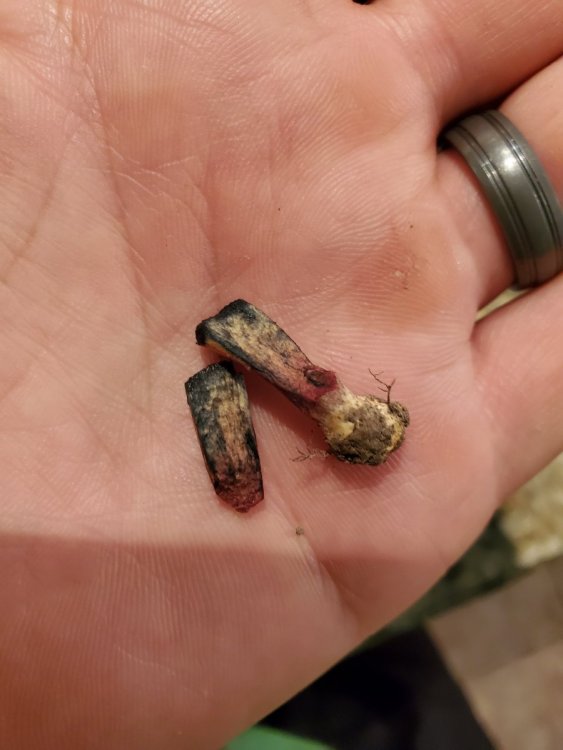
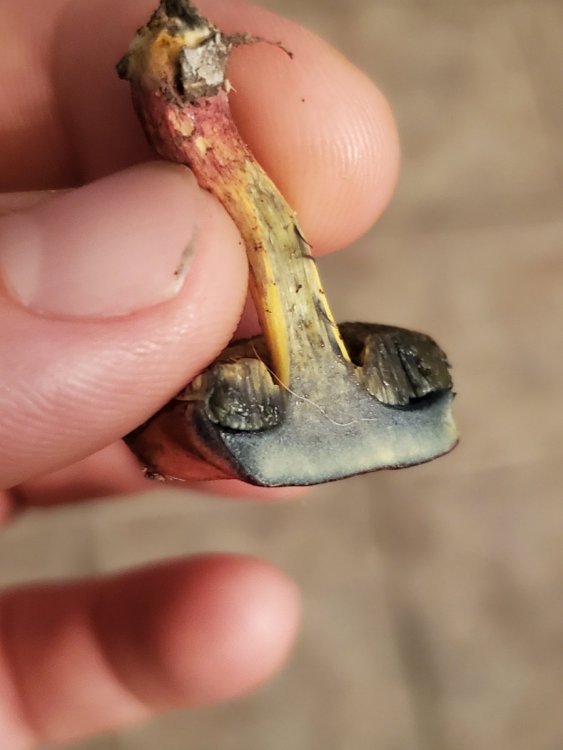
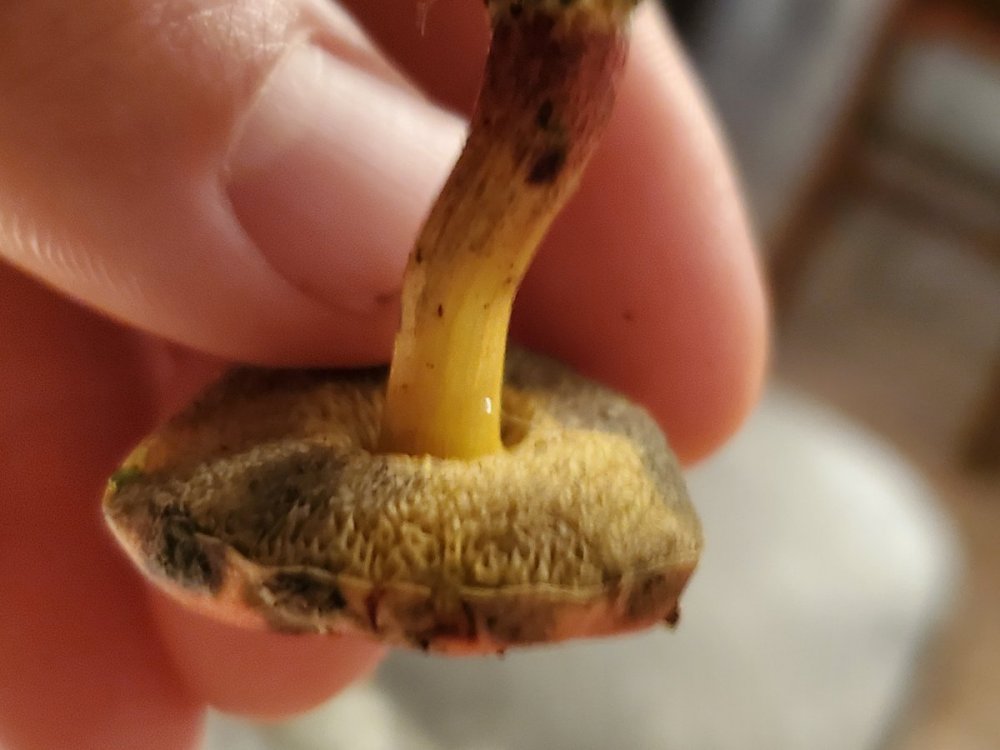
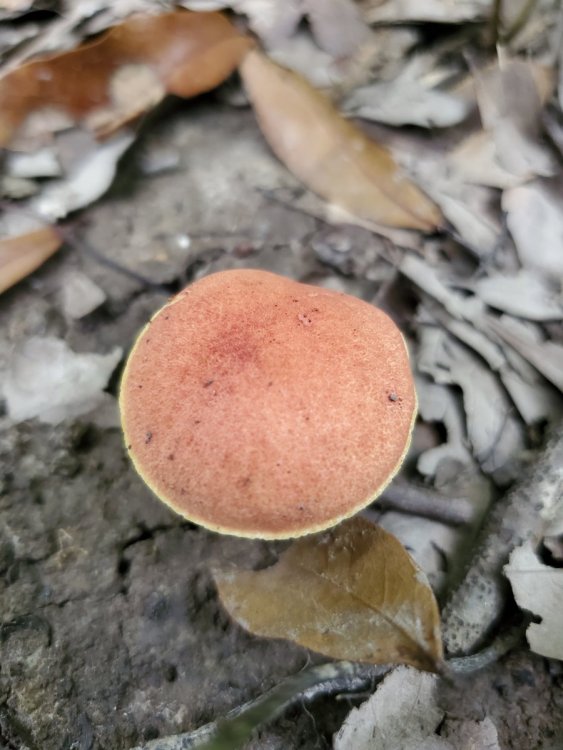
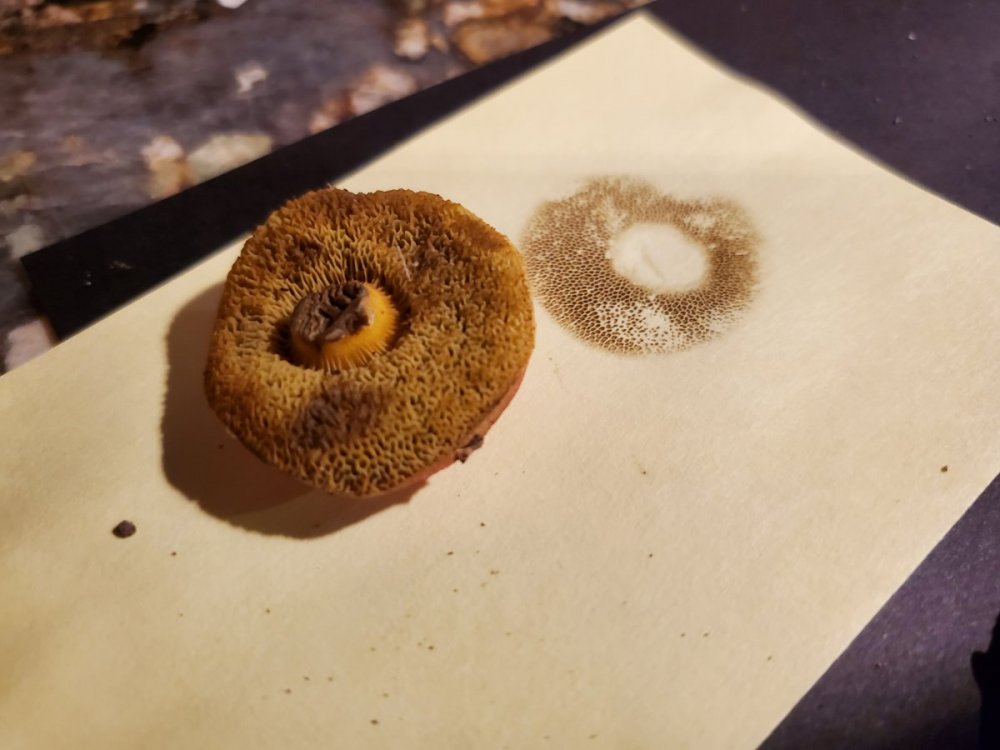
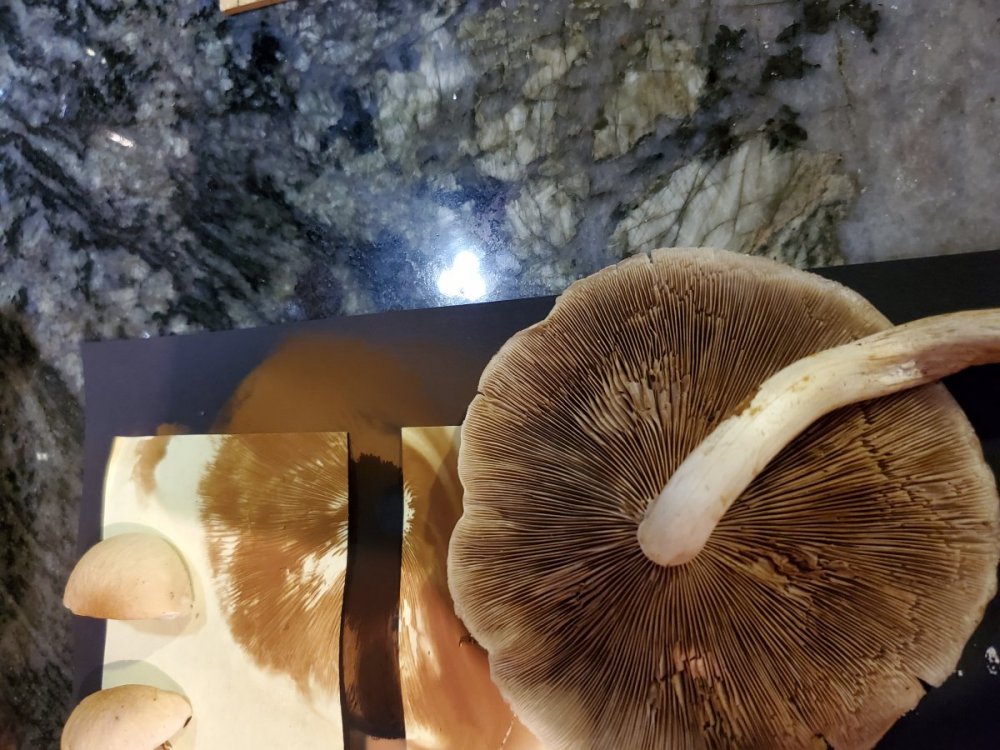
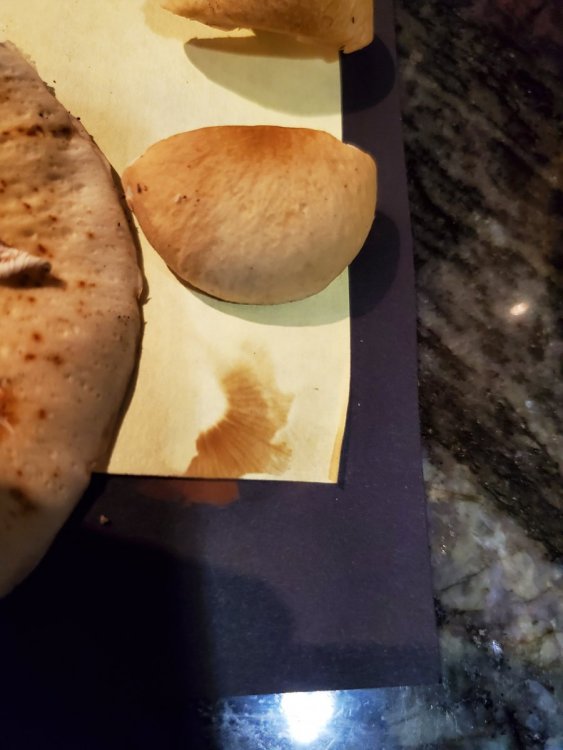
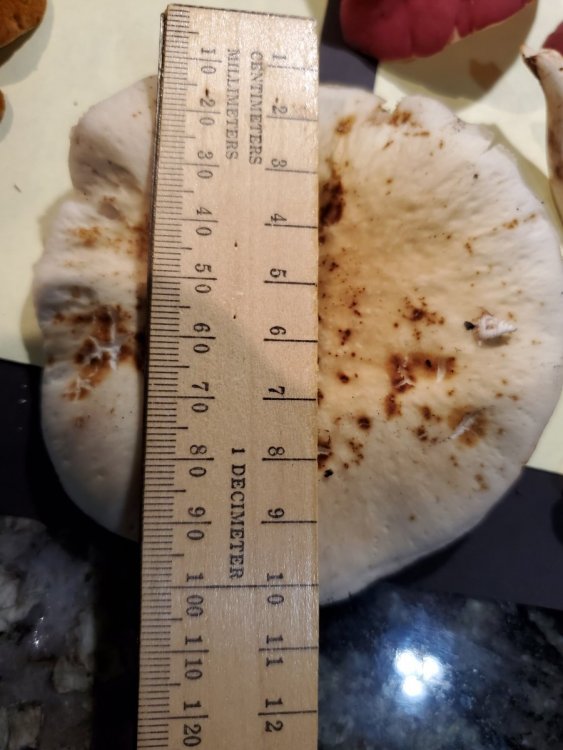
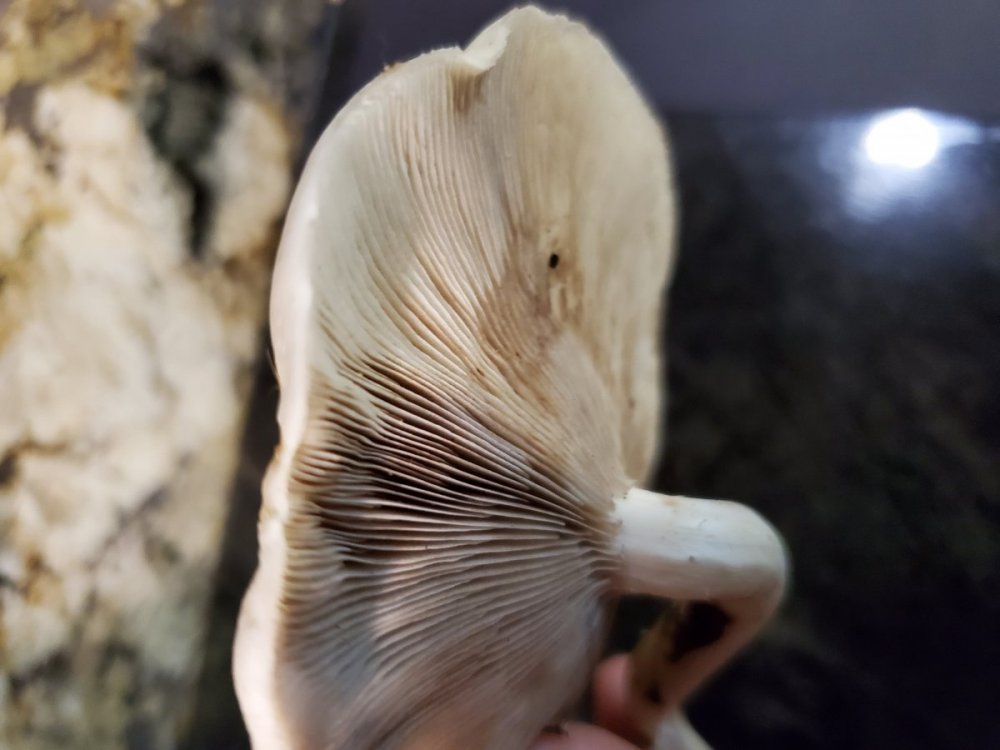
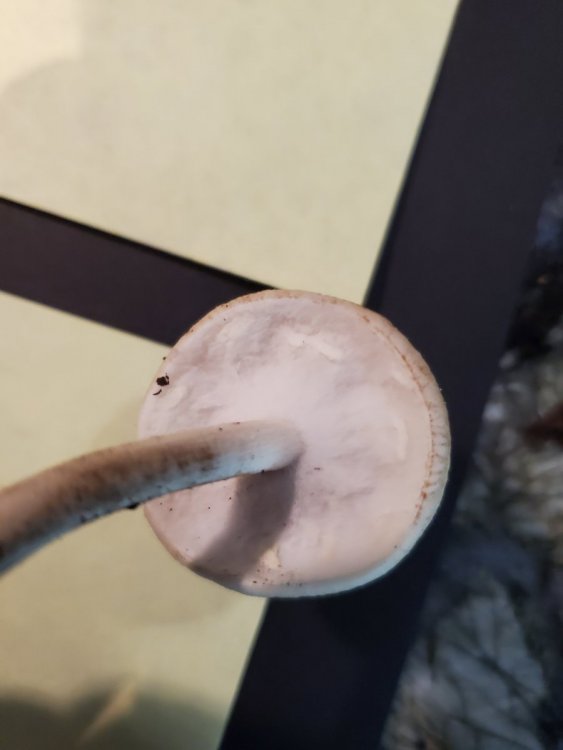
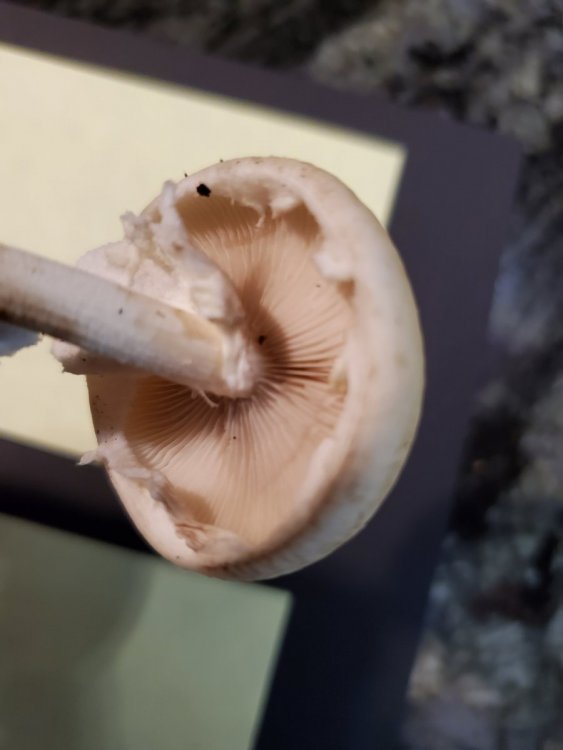
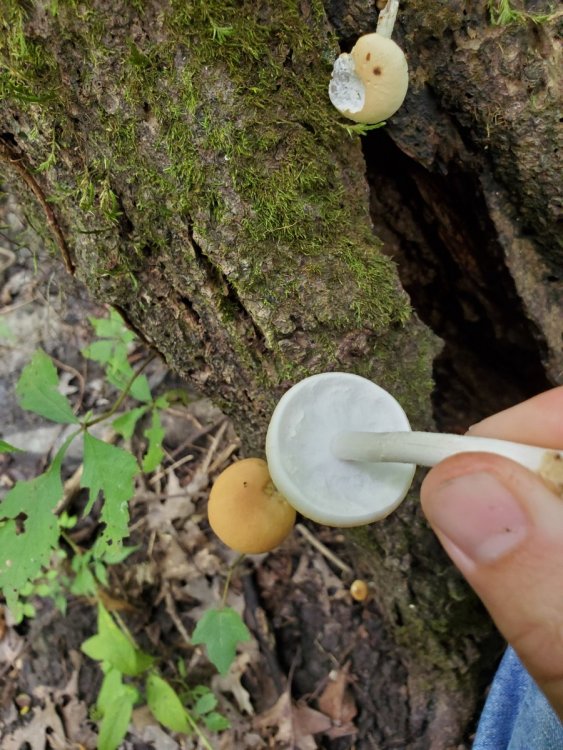
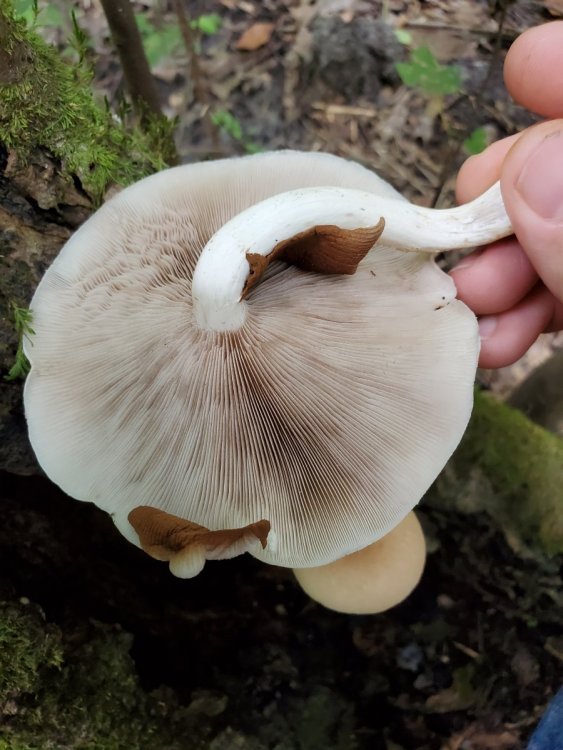
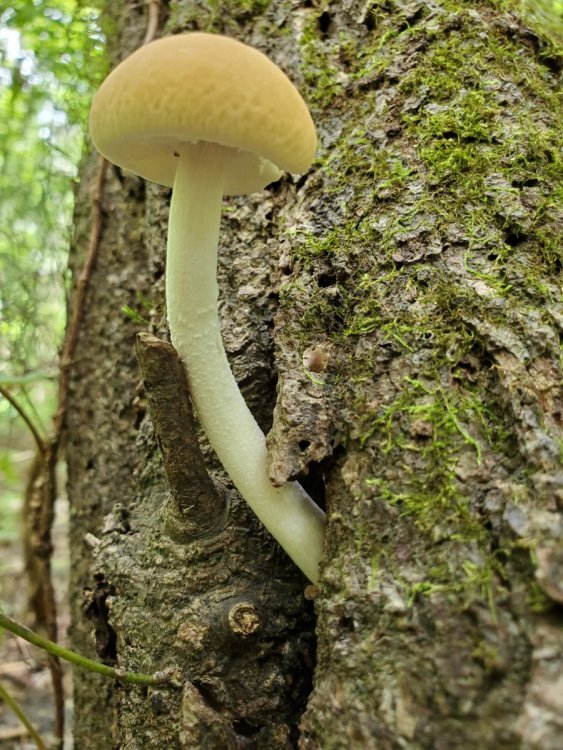
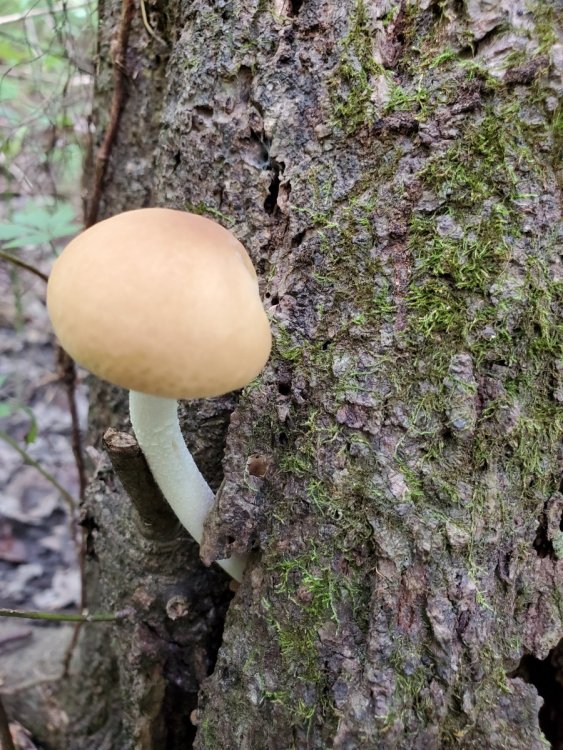
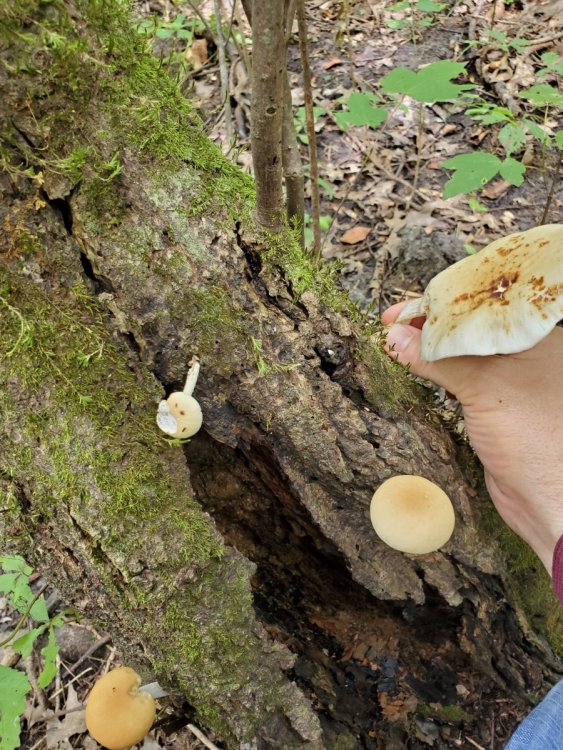
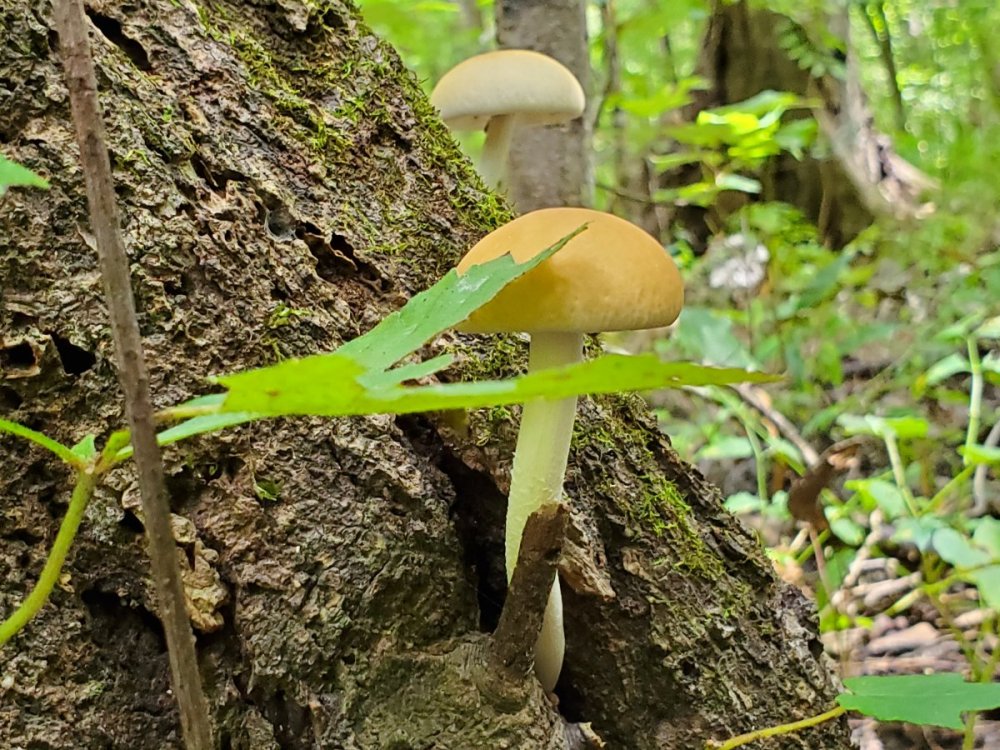
Totem success
in What Kind of Mushrooms are you Growing?
Posted
Success now on about 20 shitakes logs and 2 lions mane totems. Hoping to make a few more this year before it gets too cold.